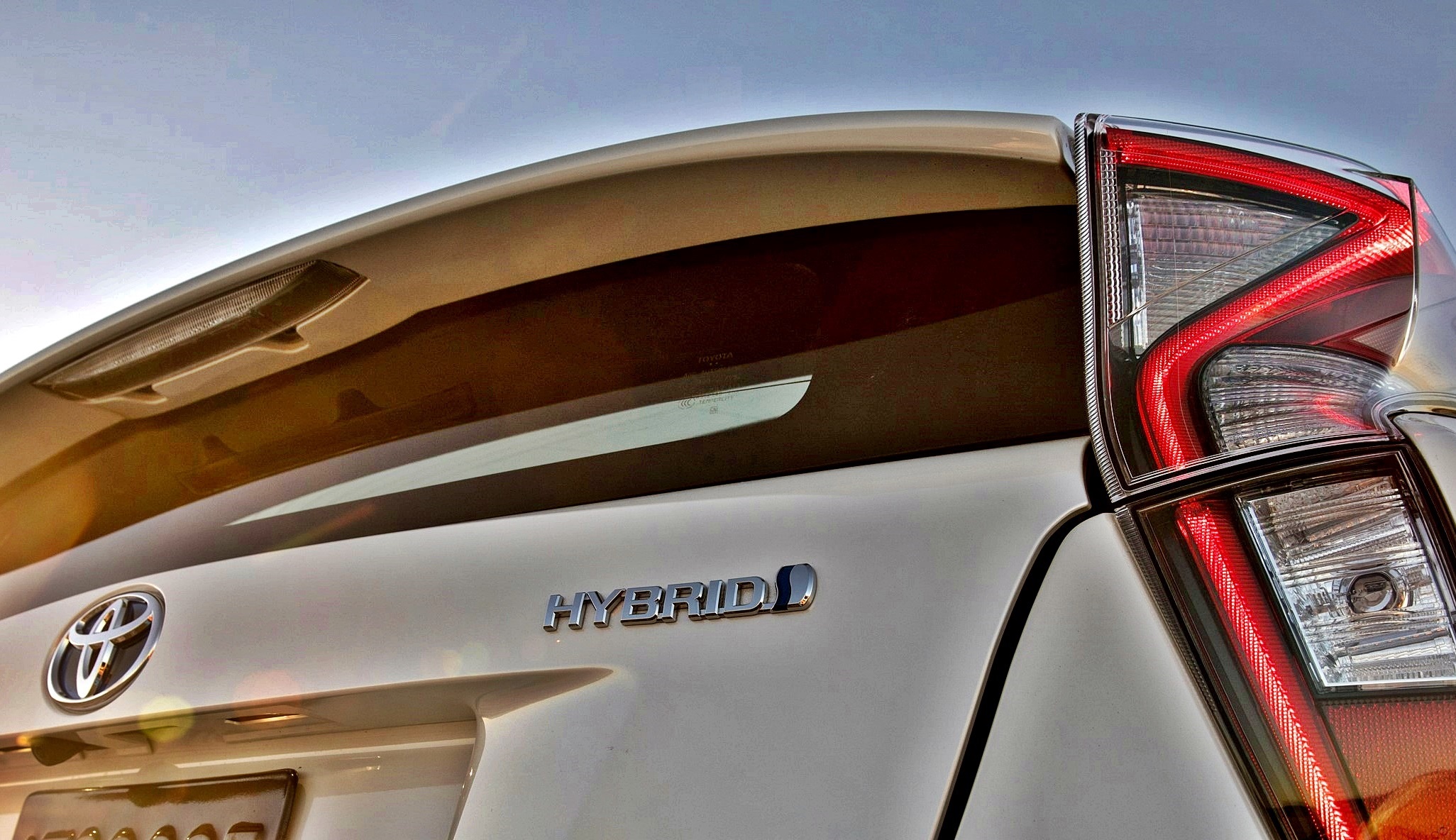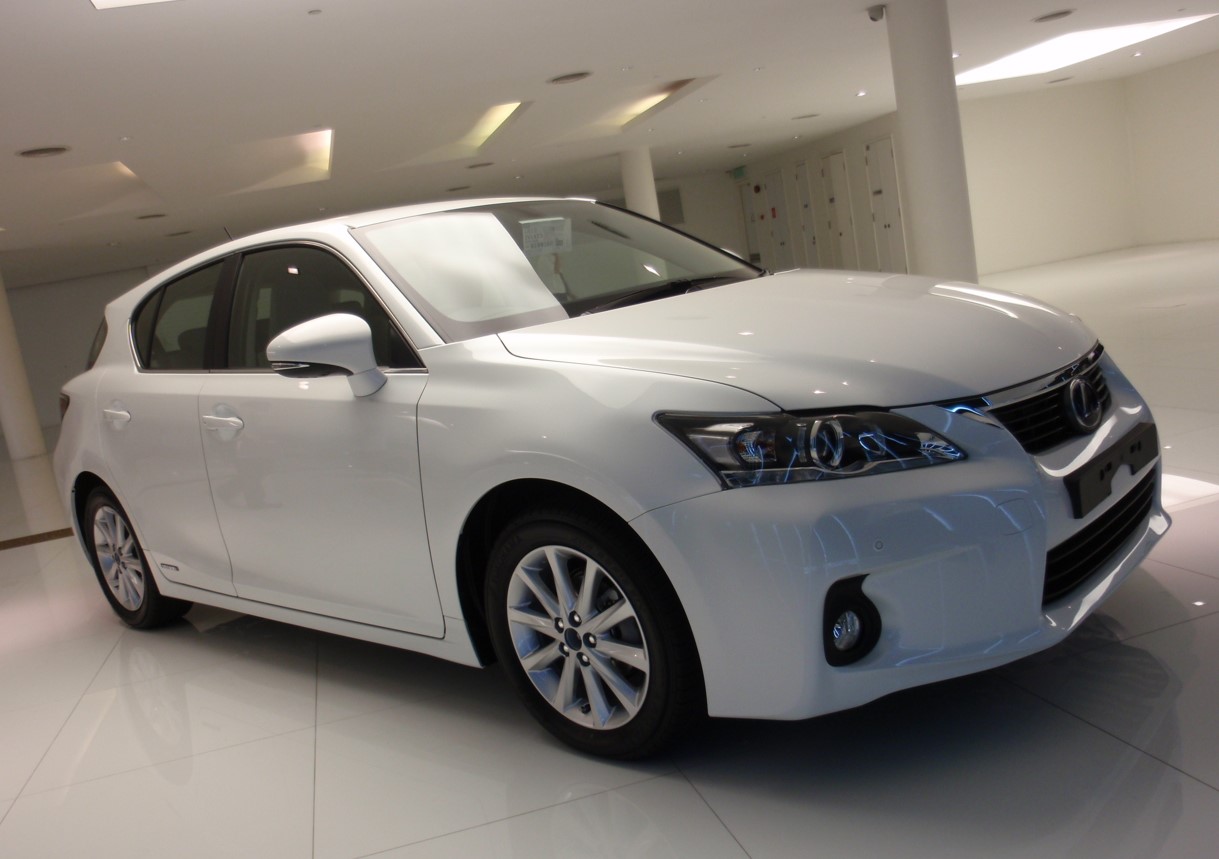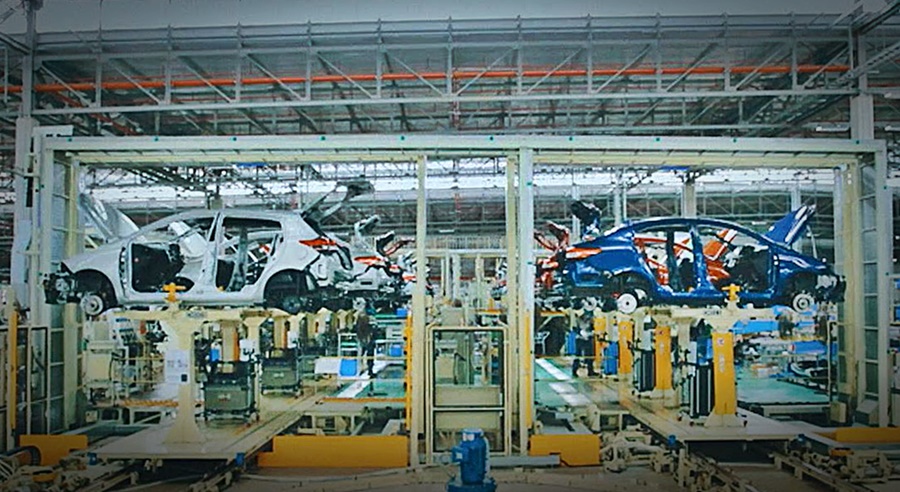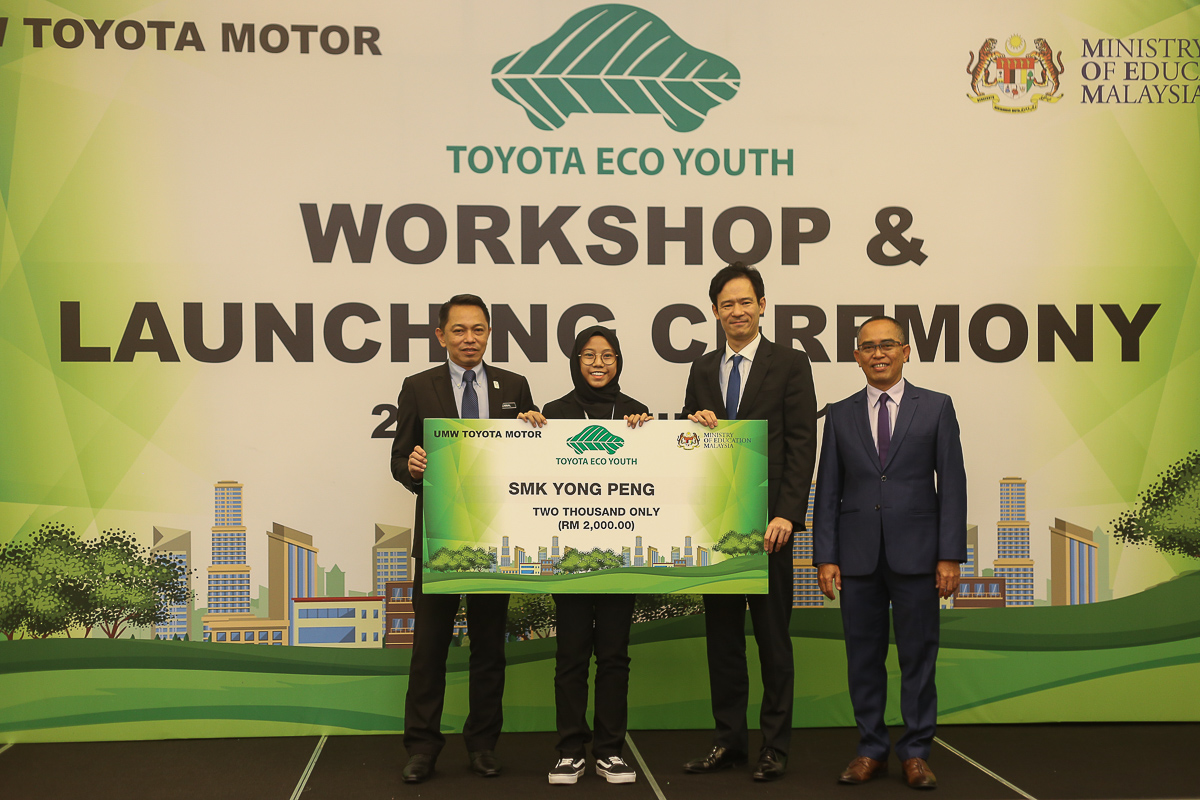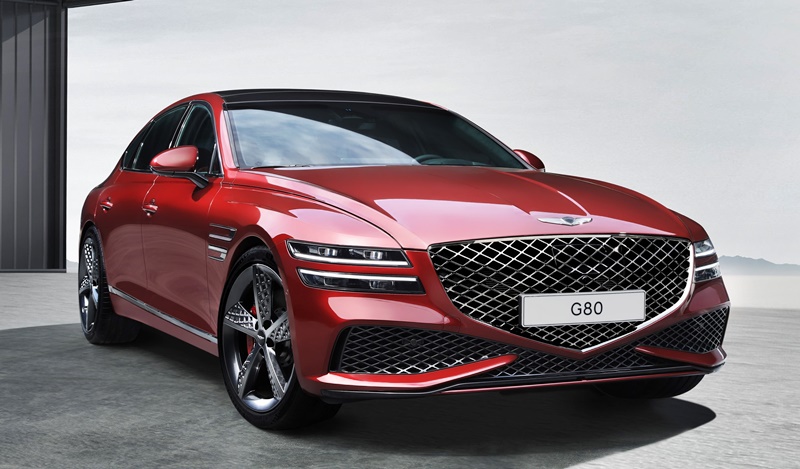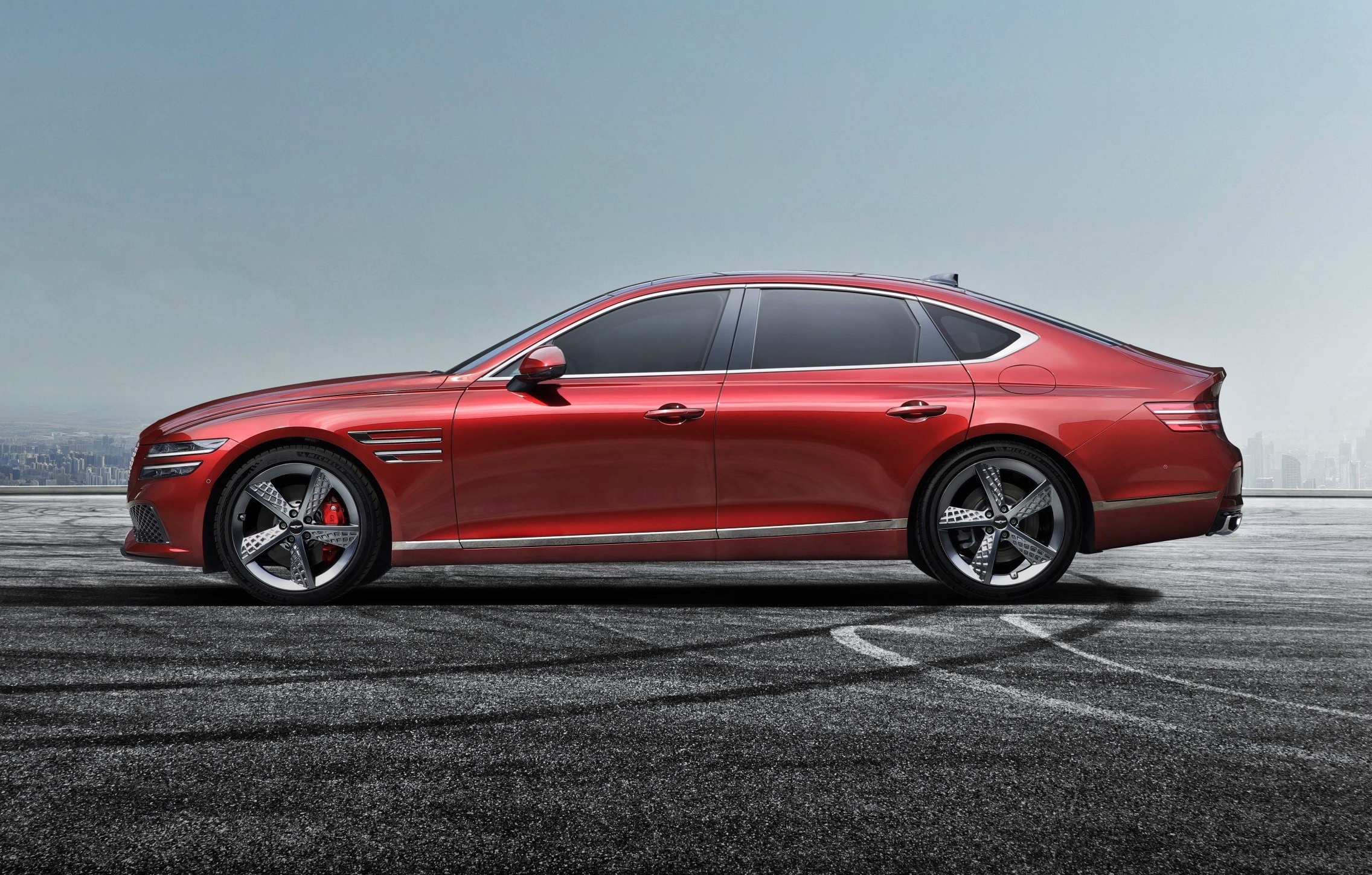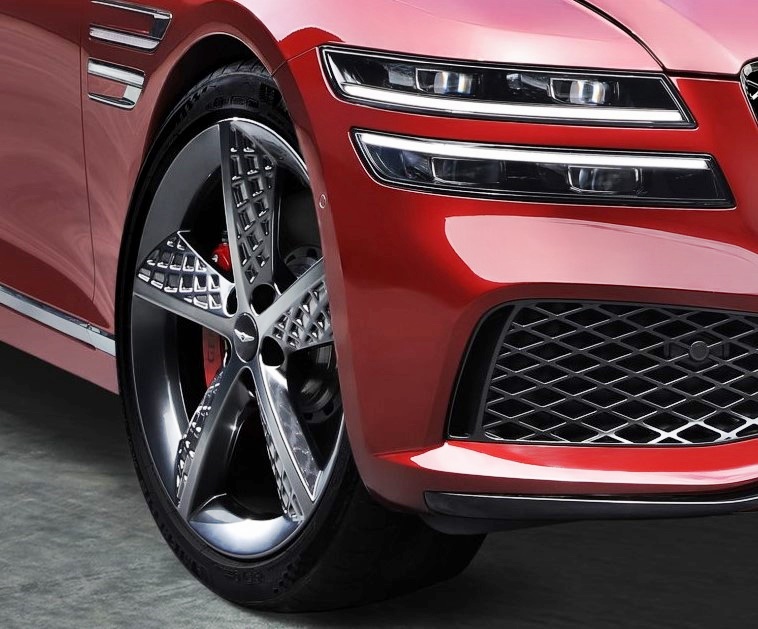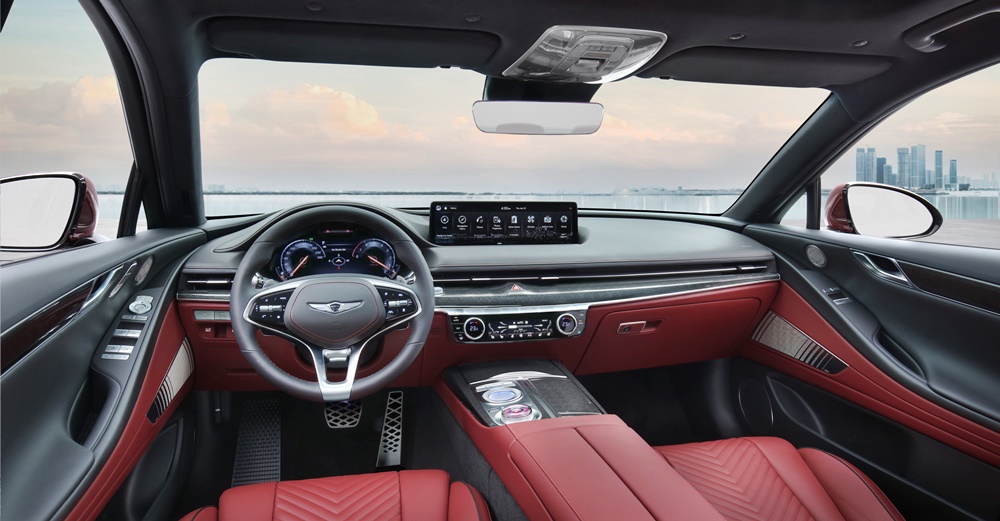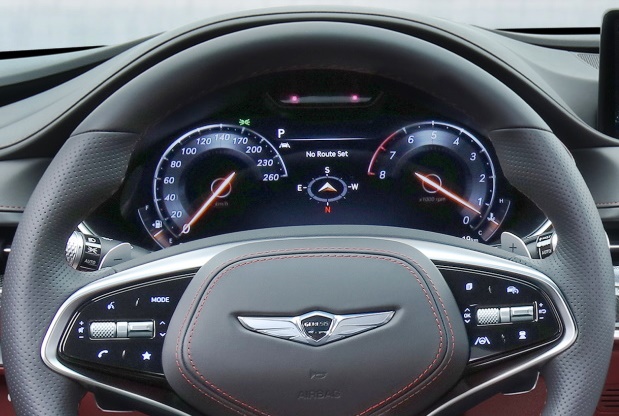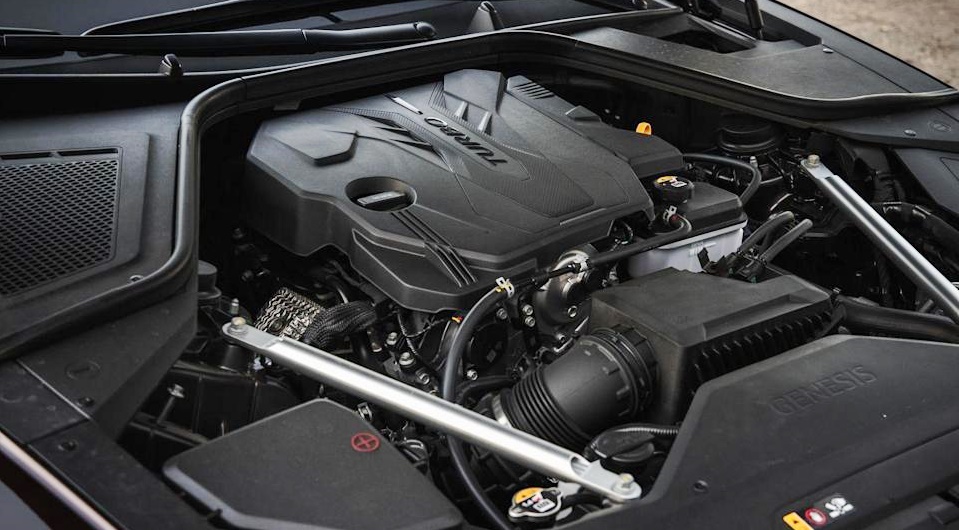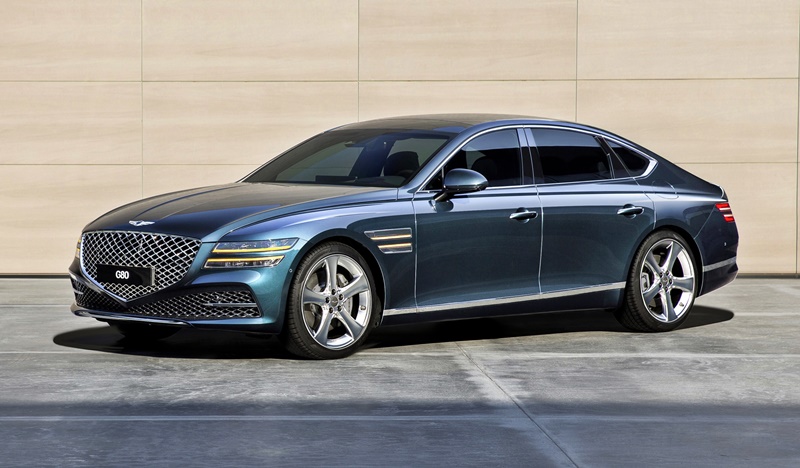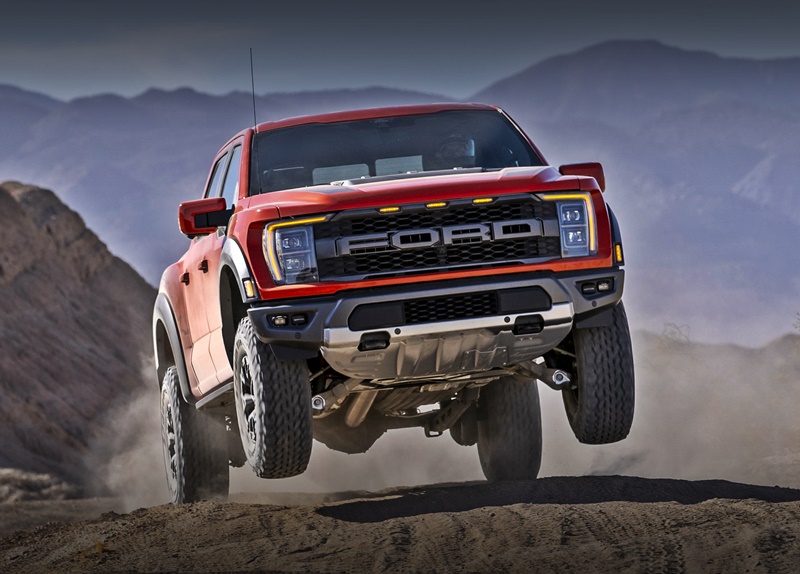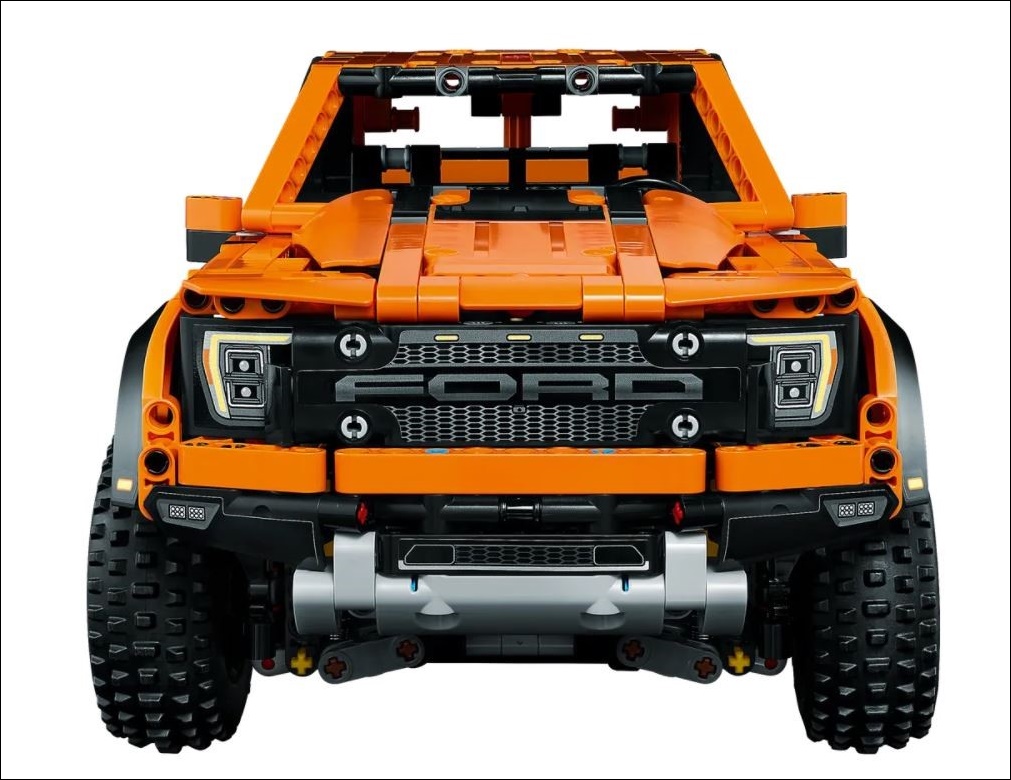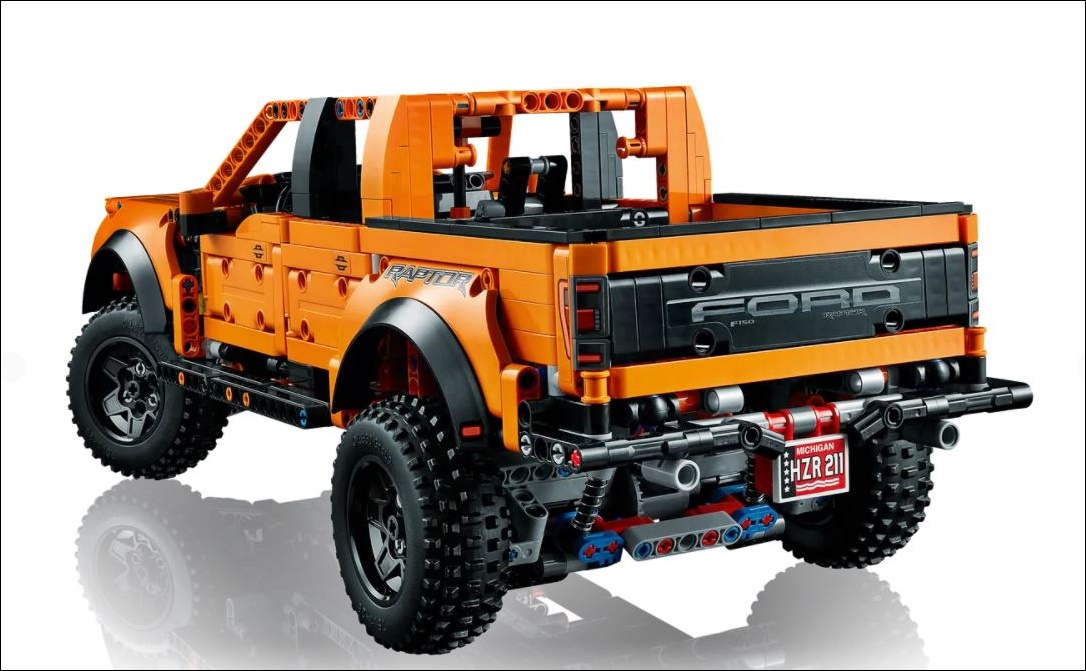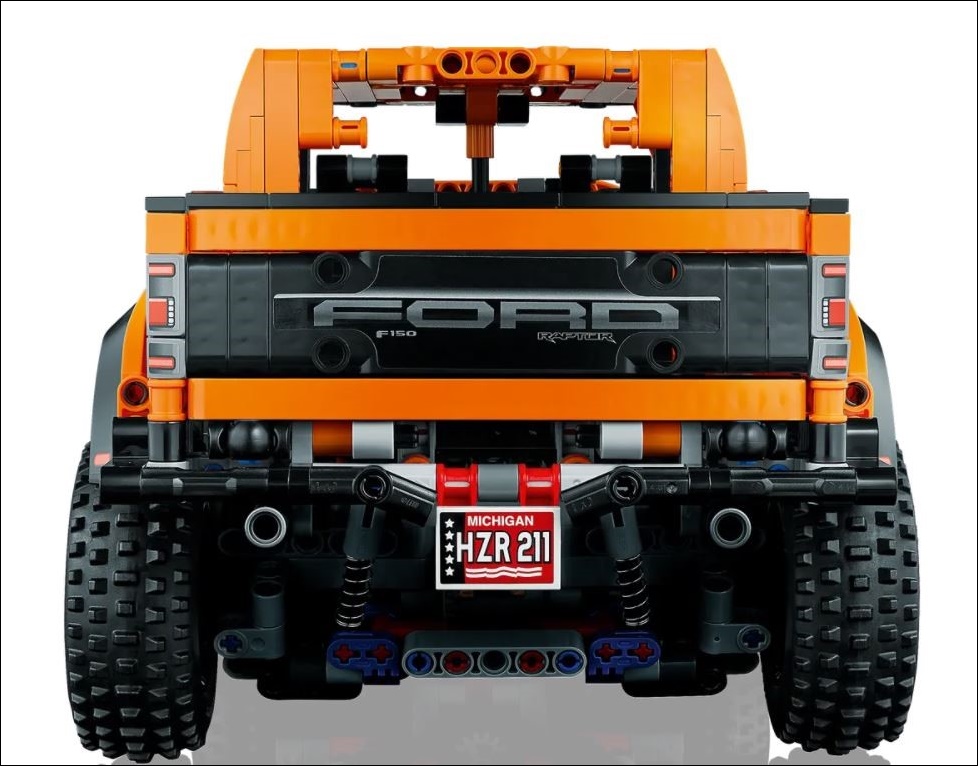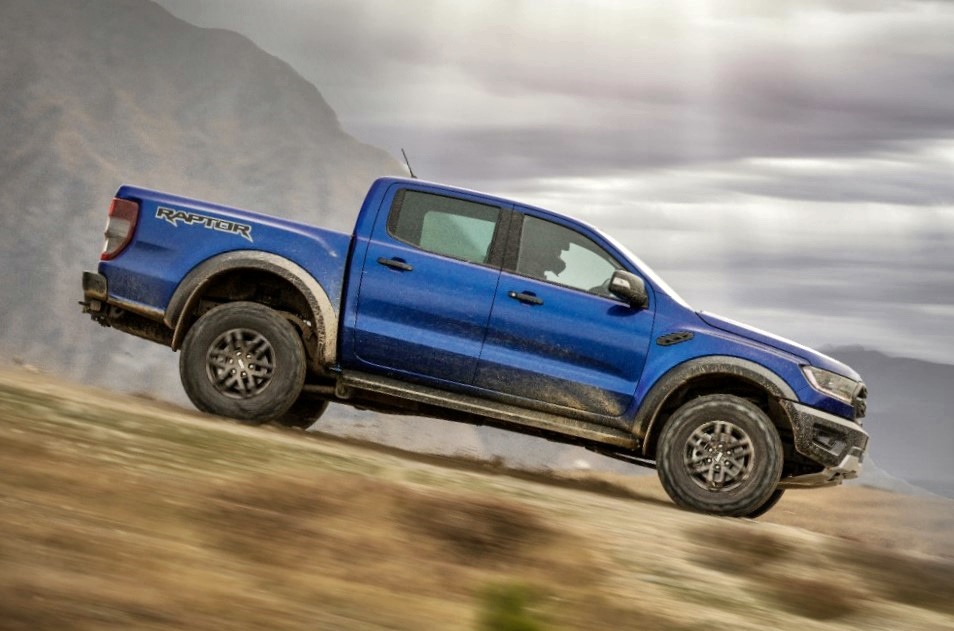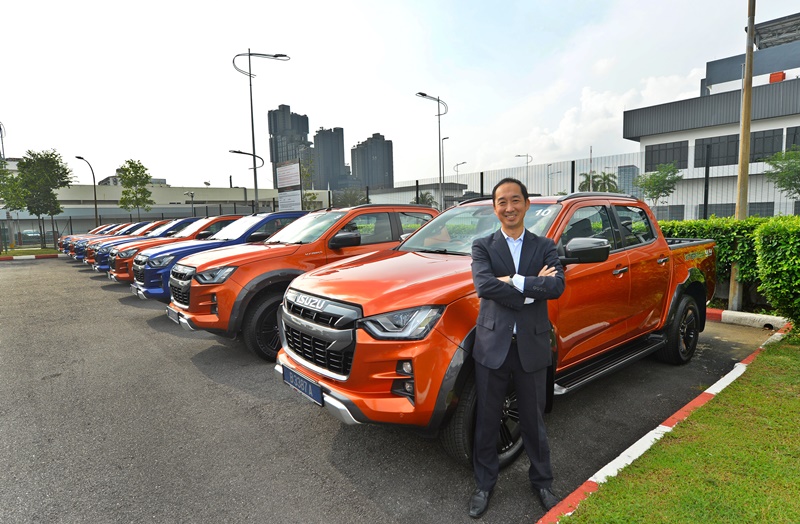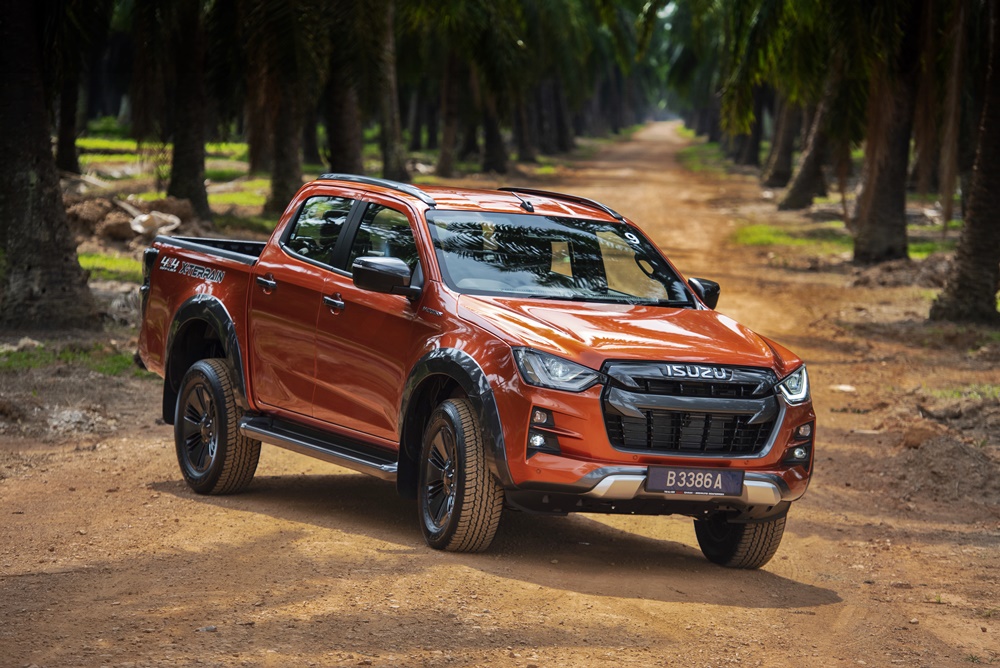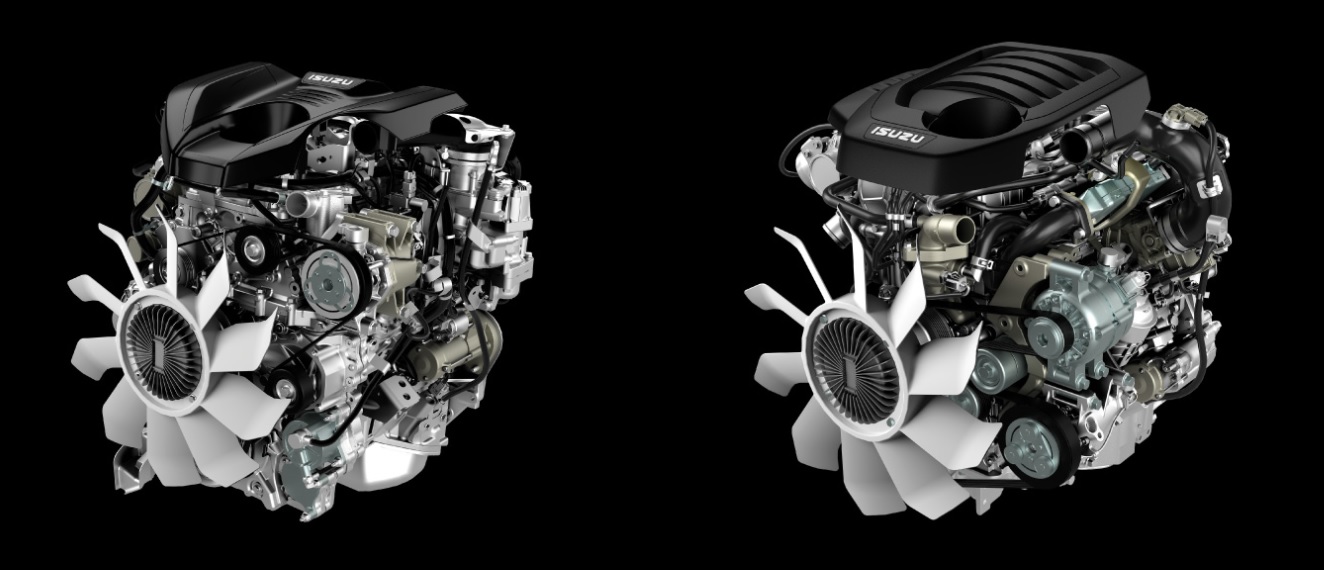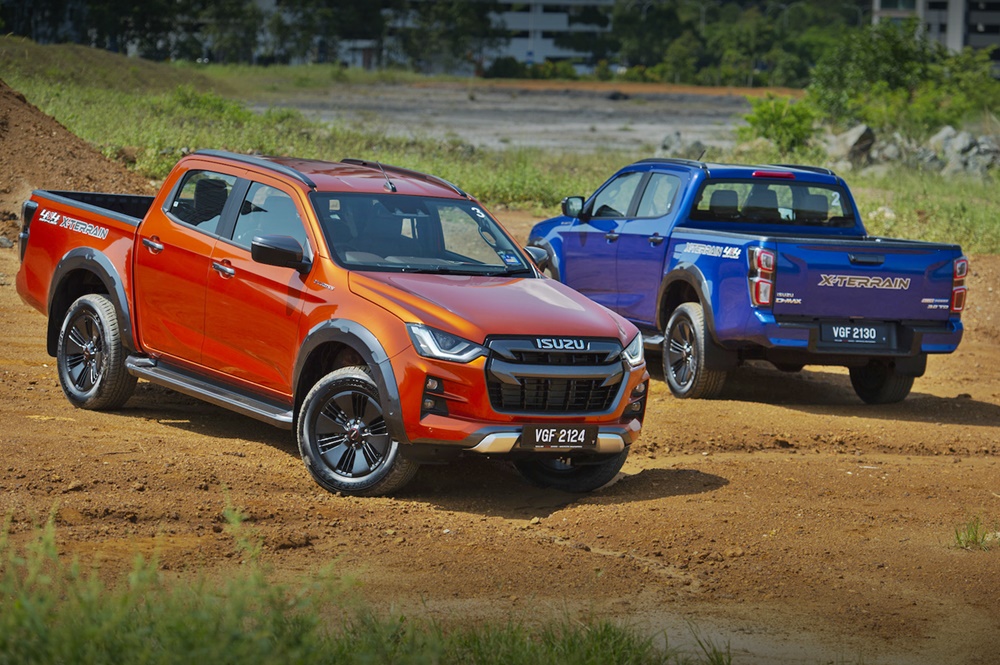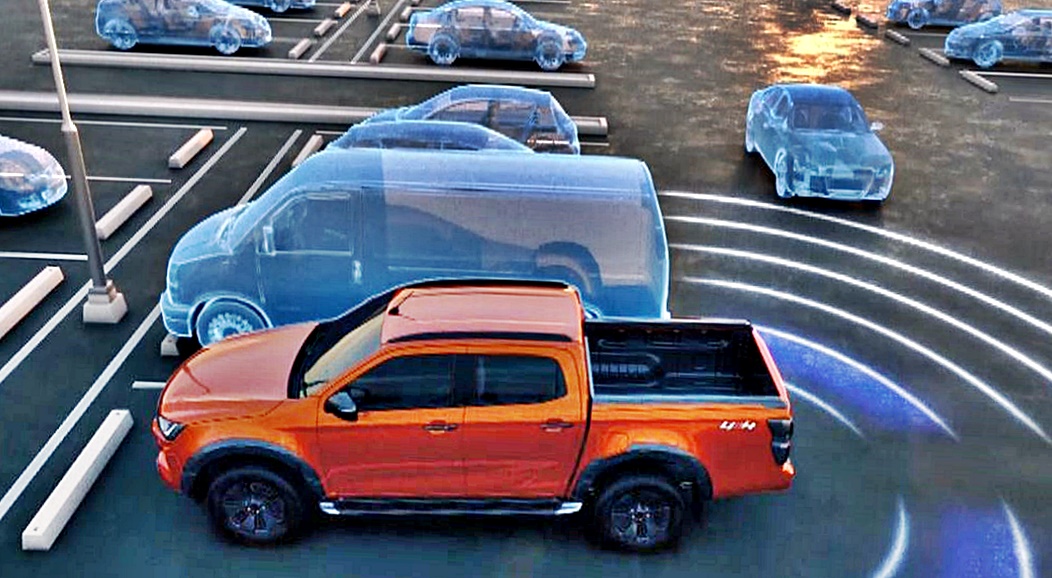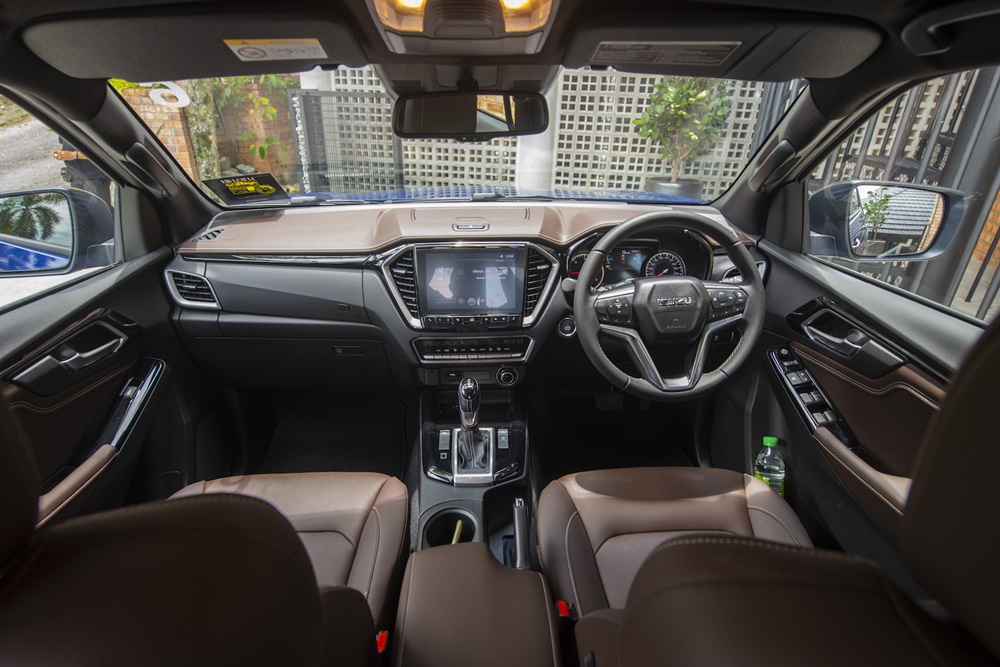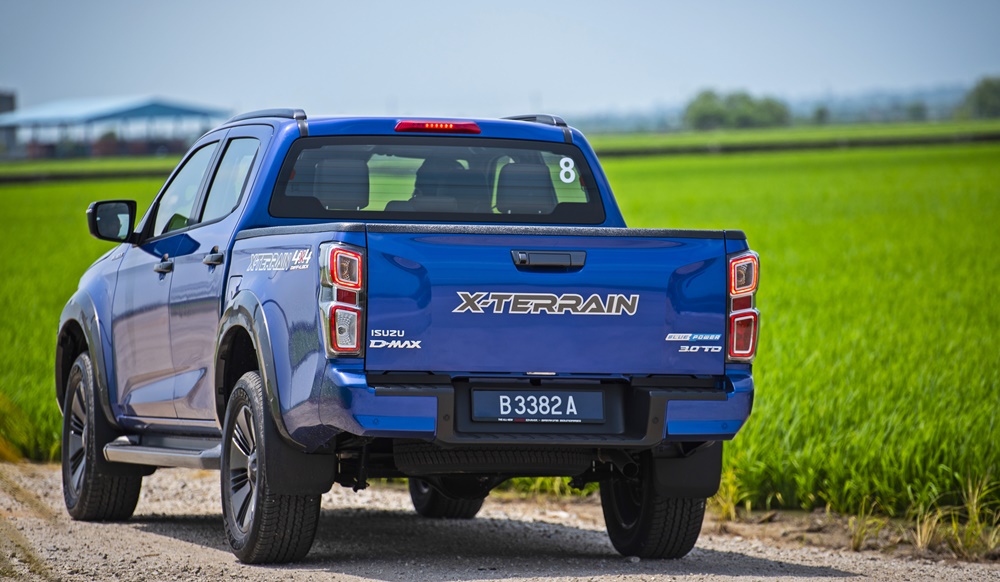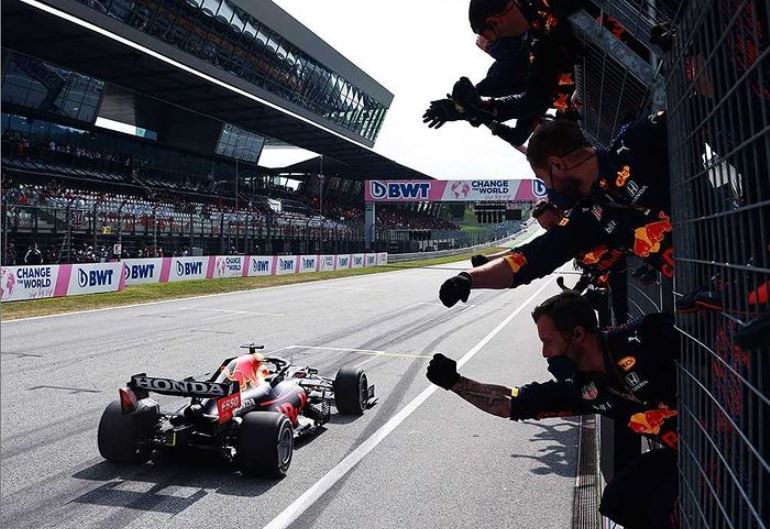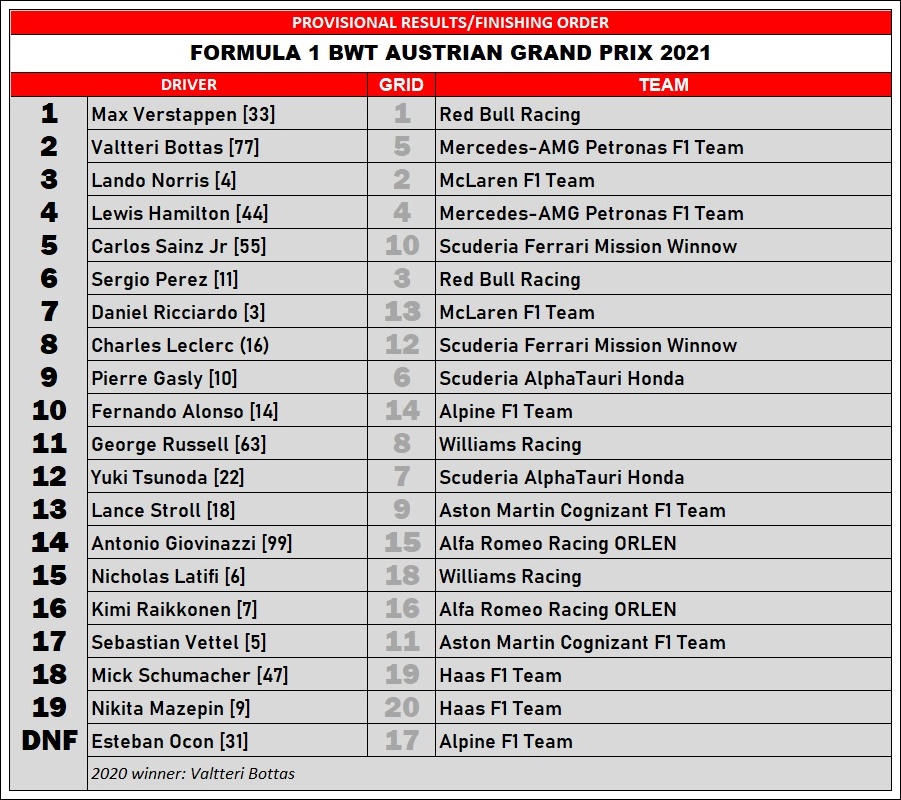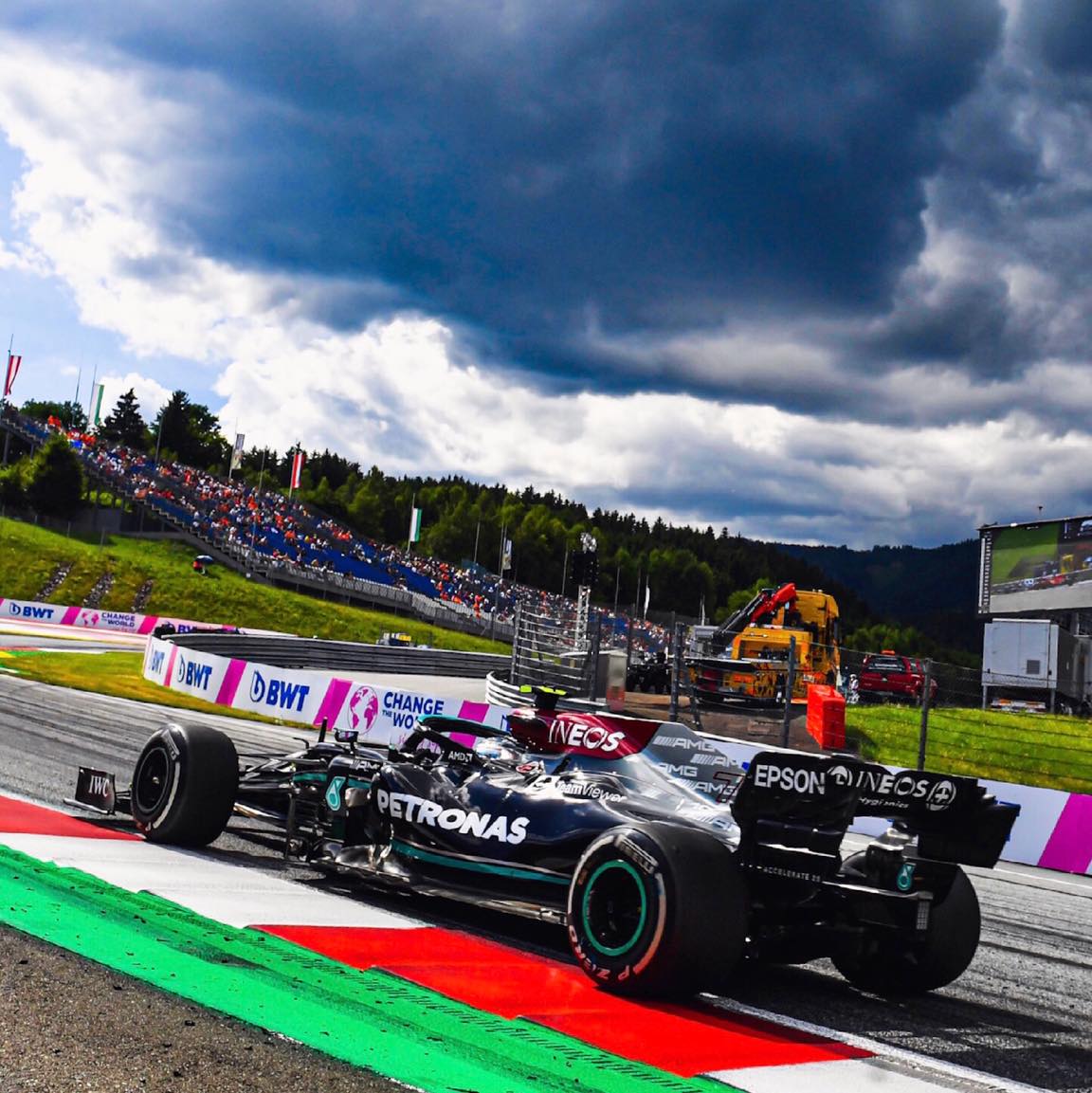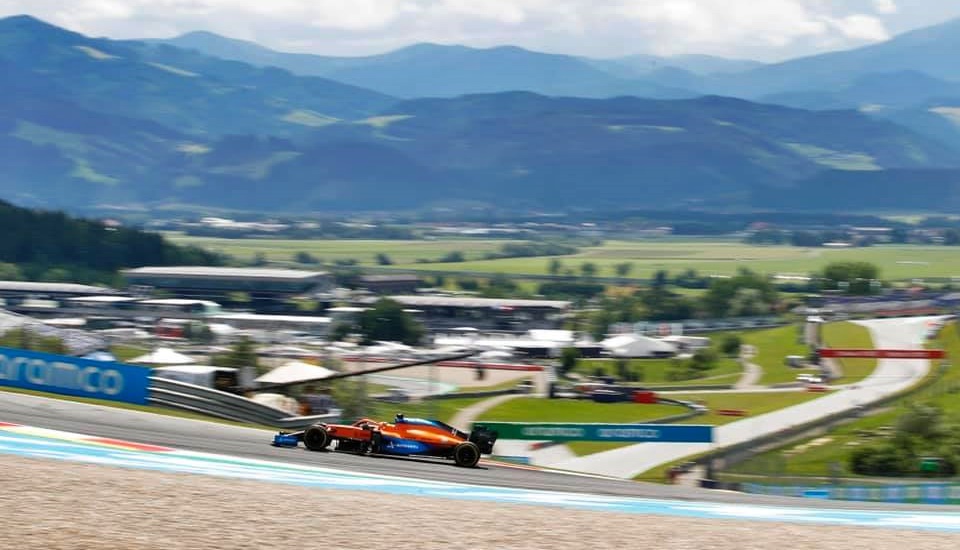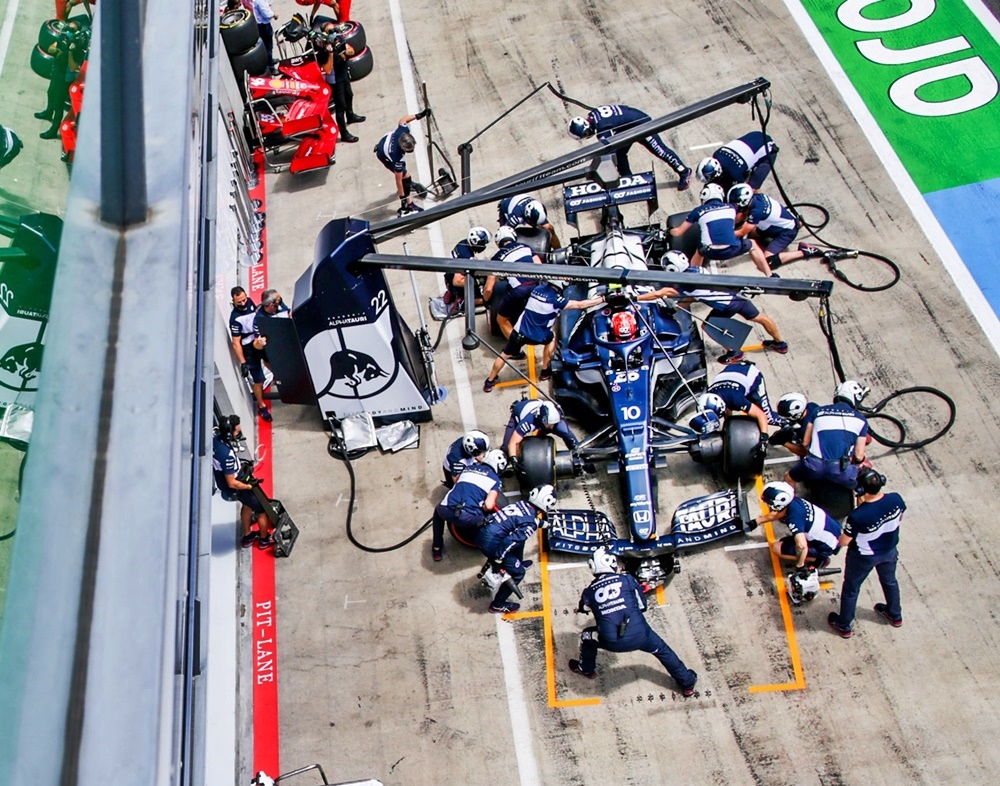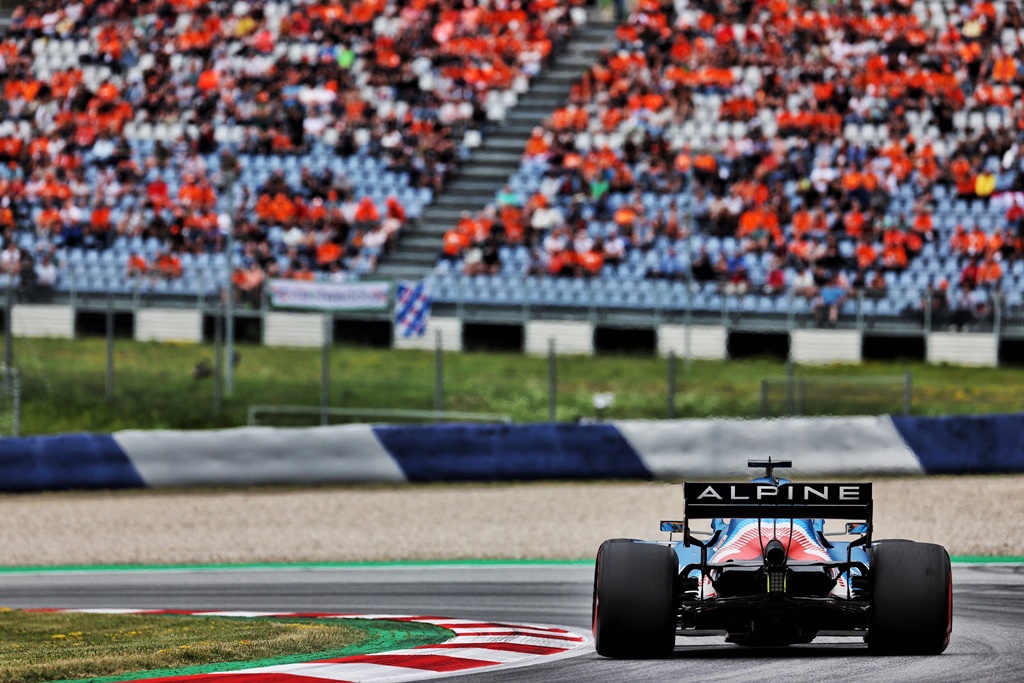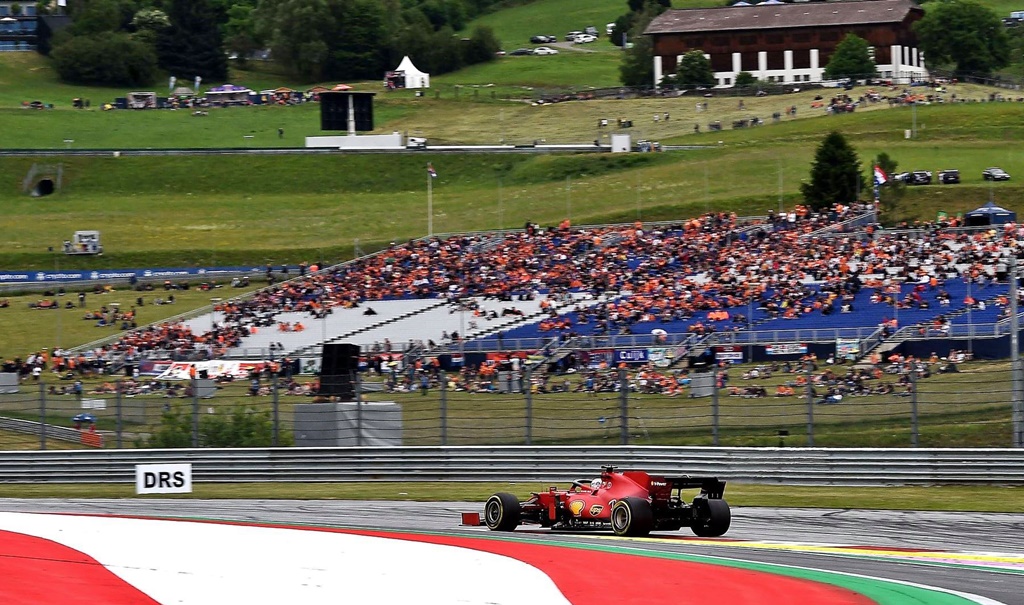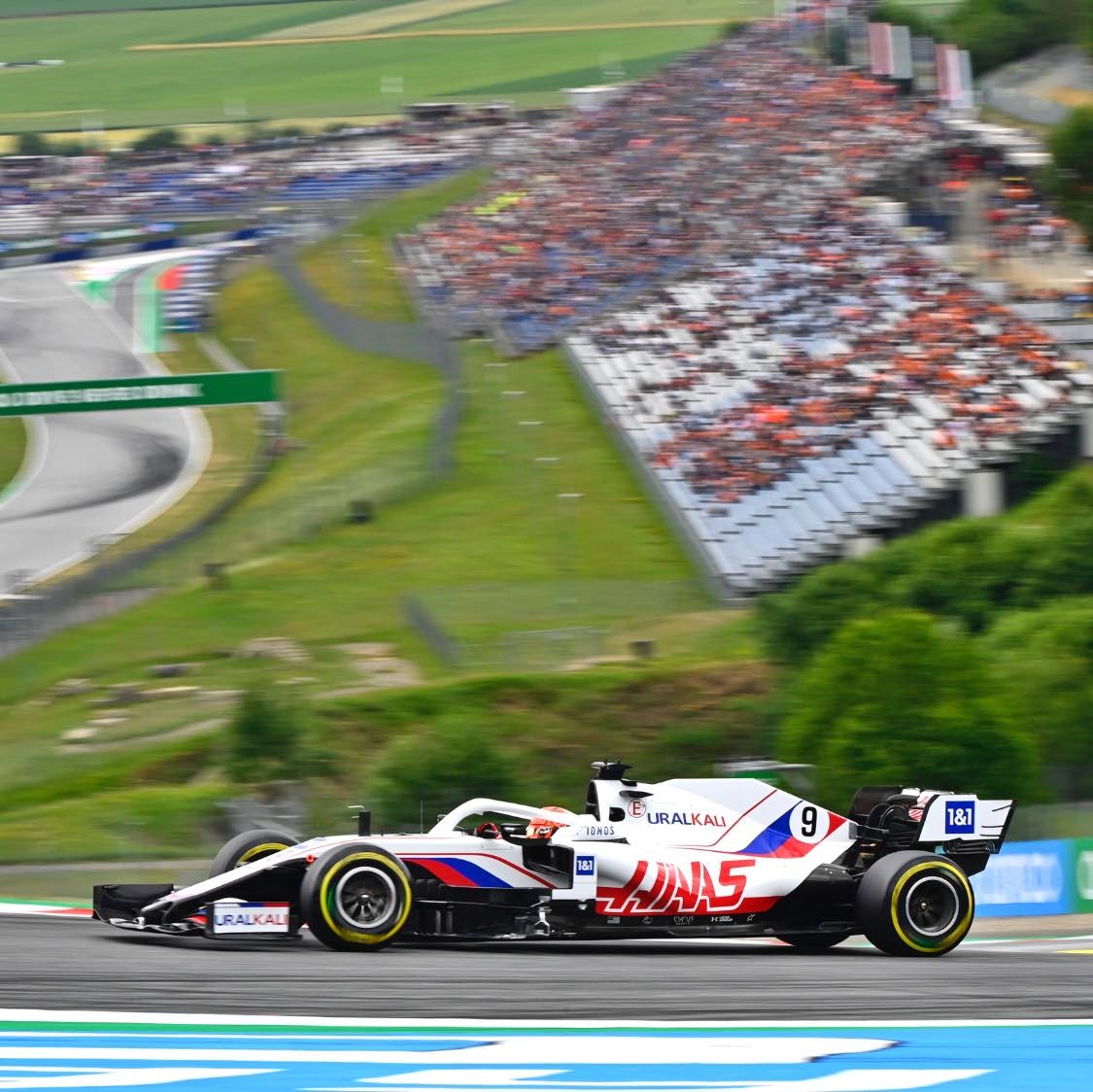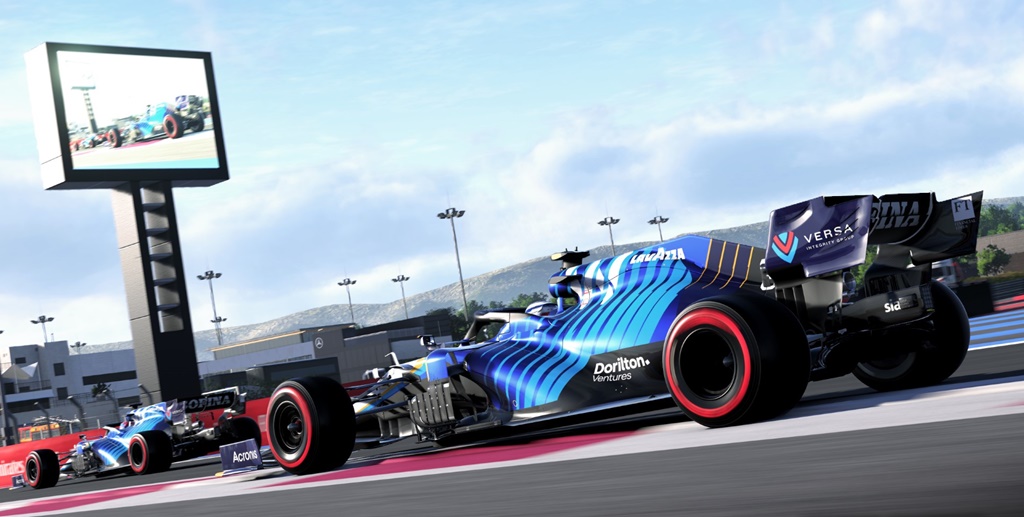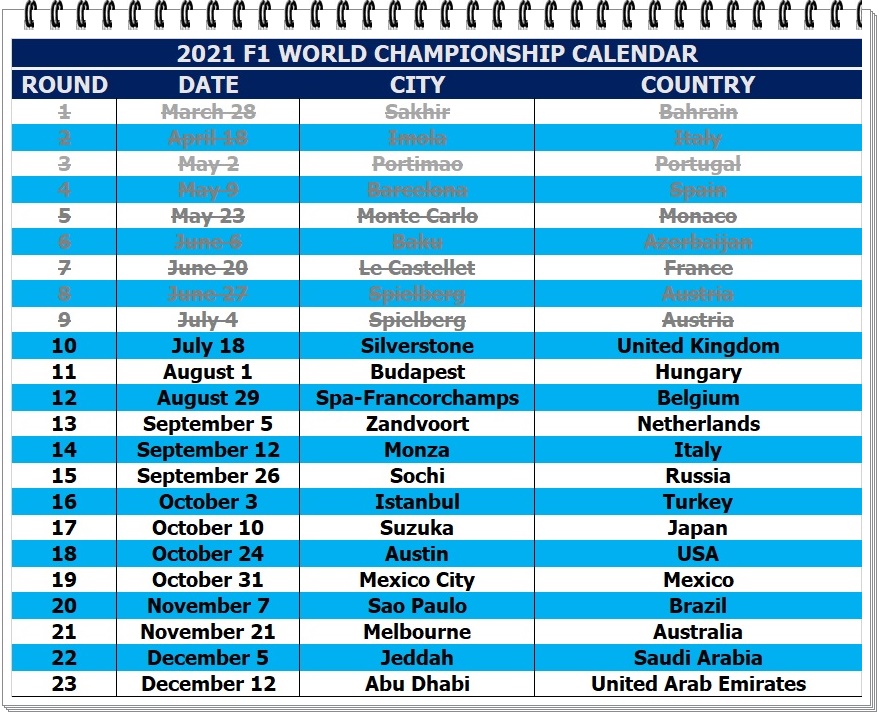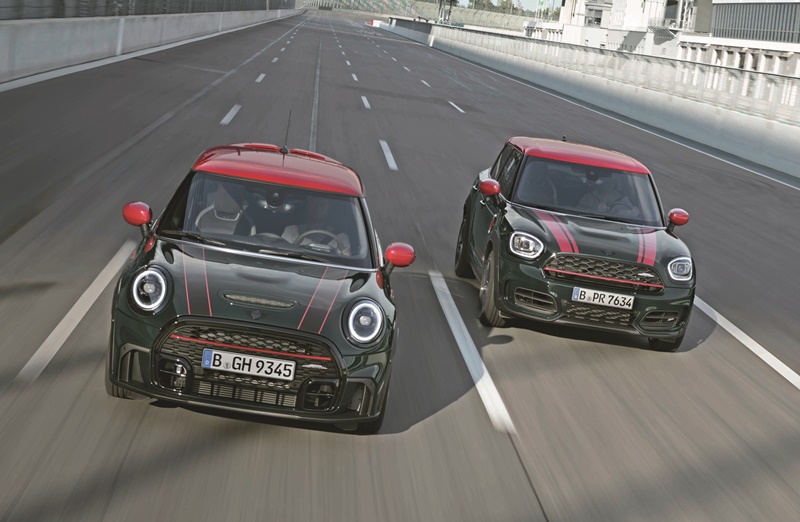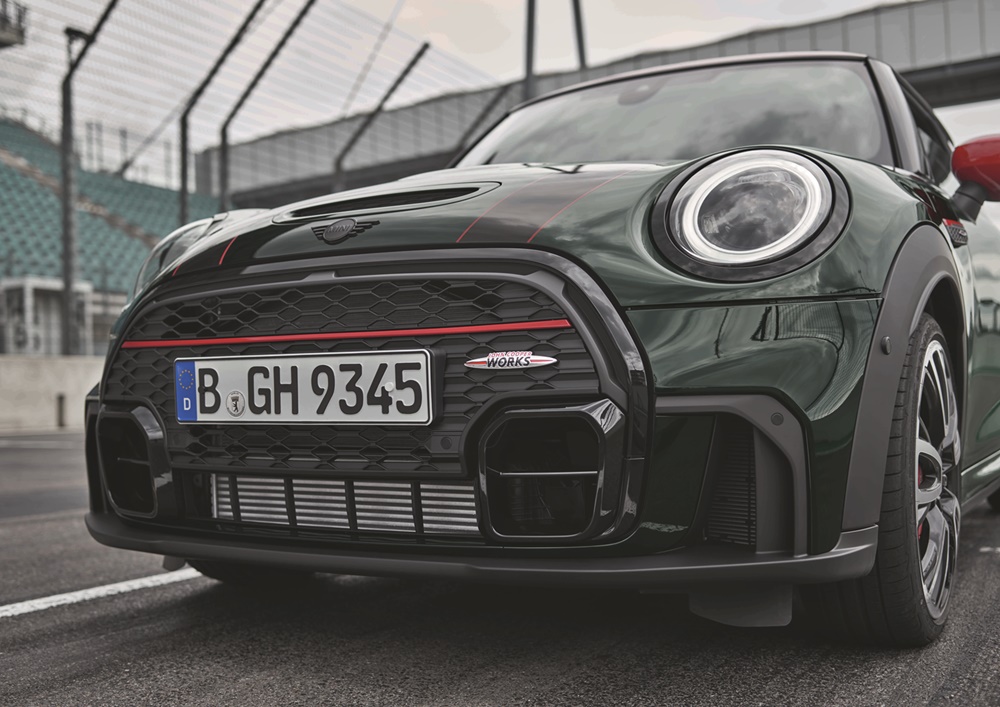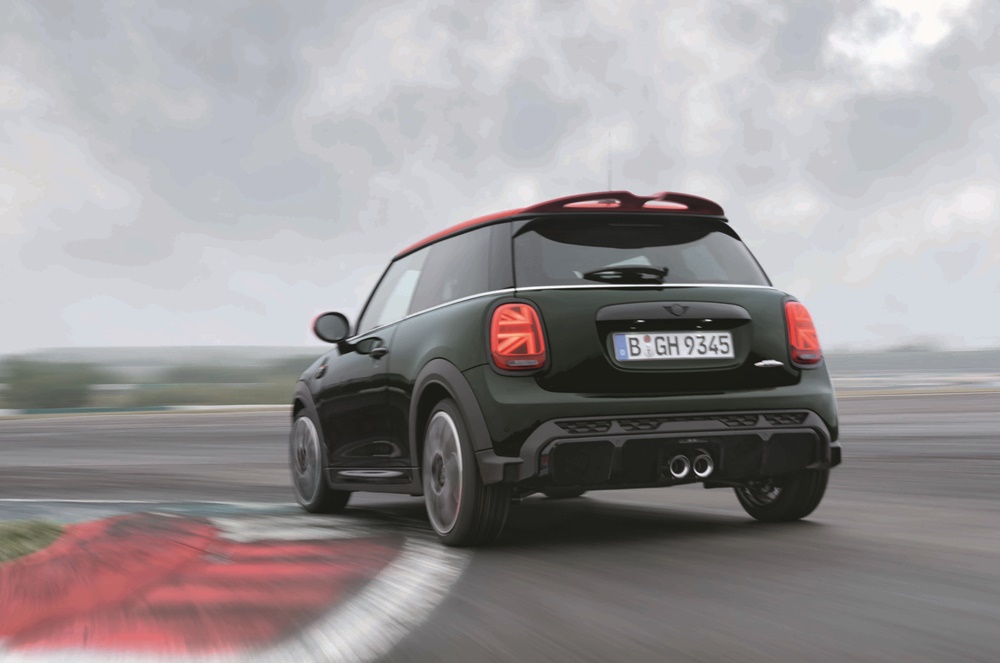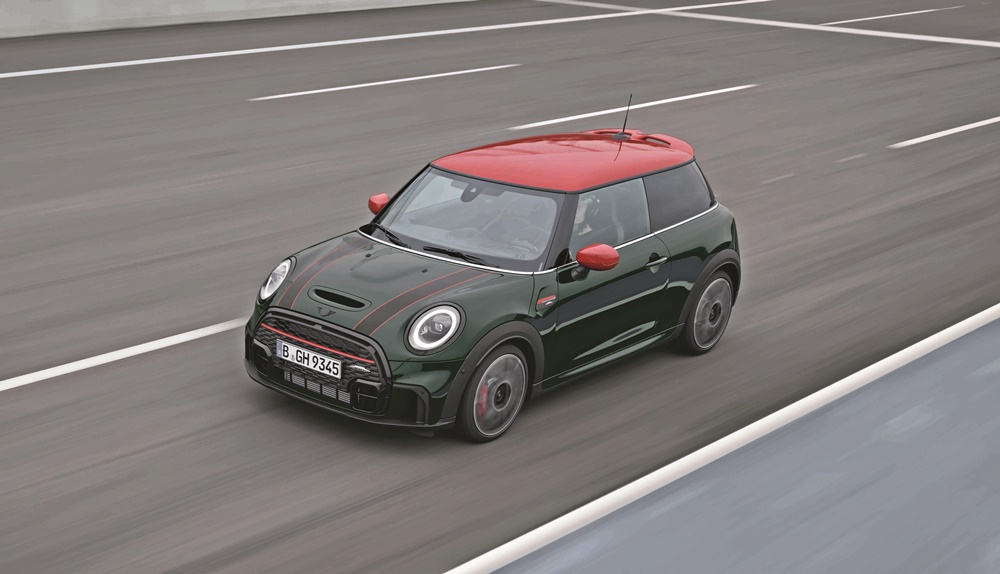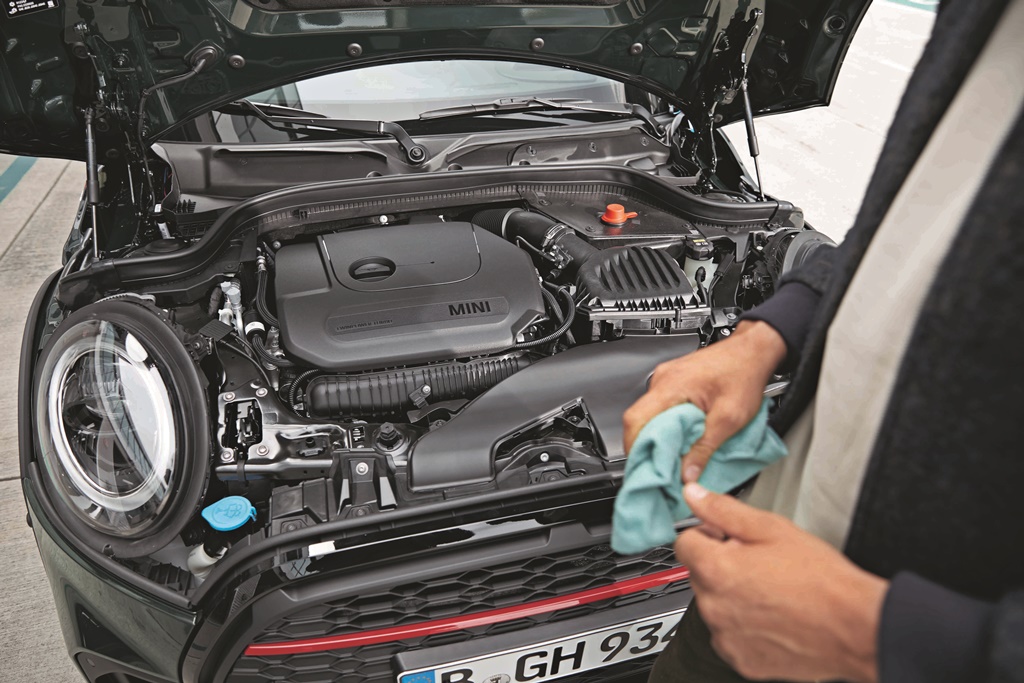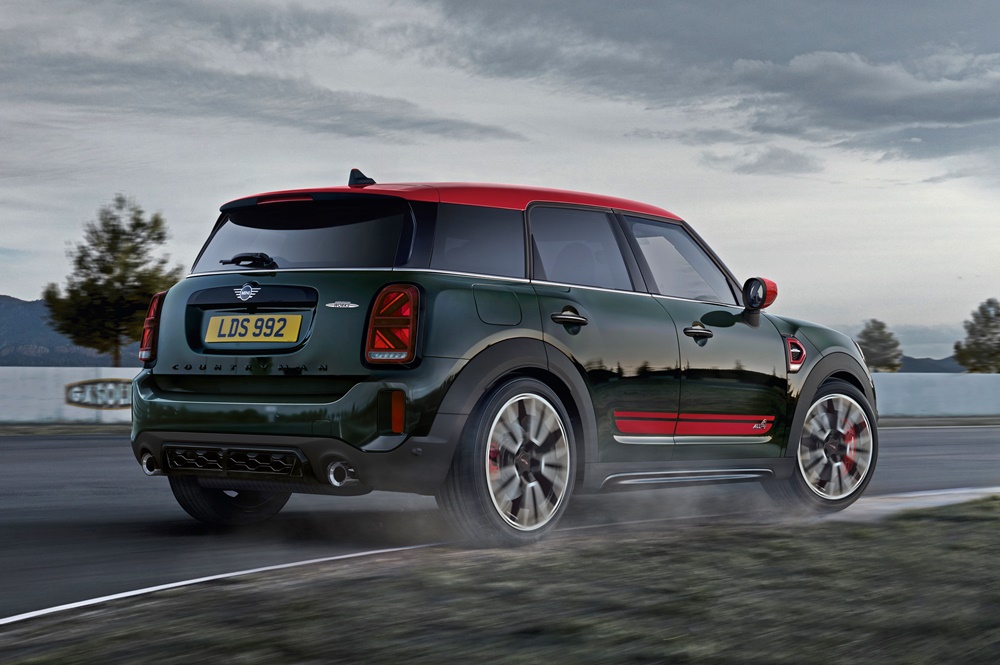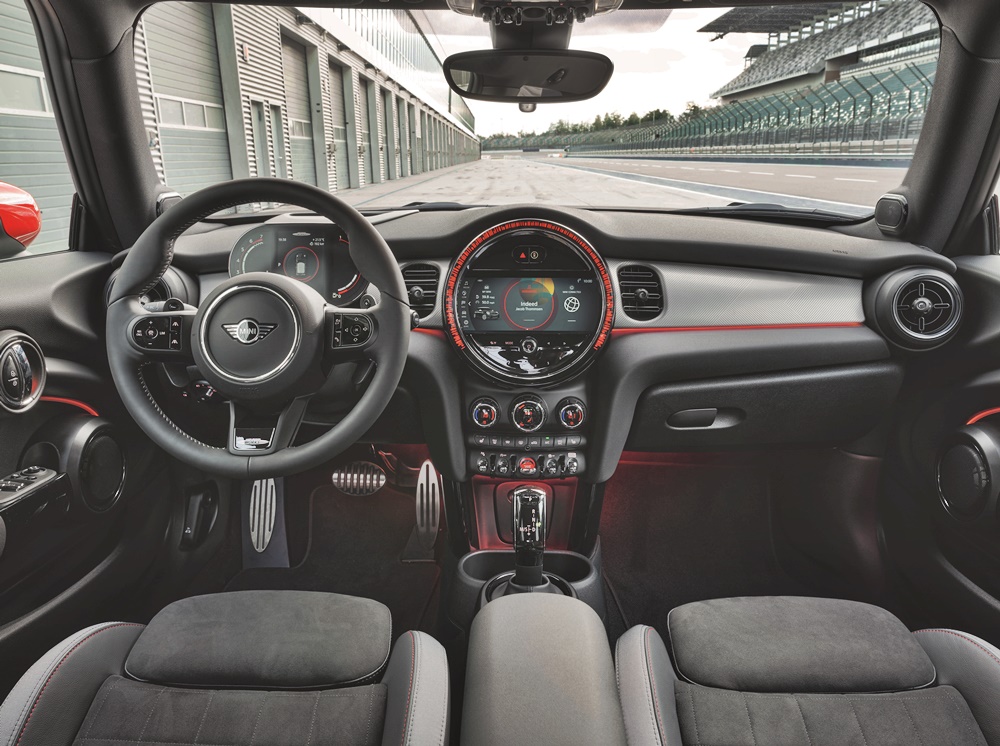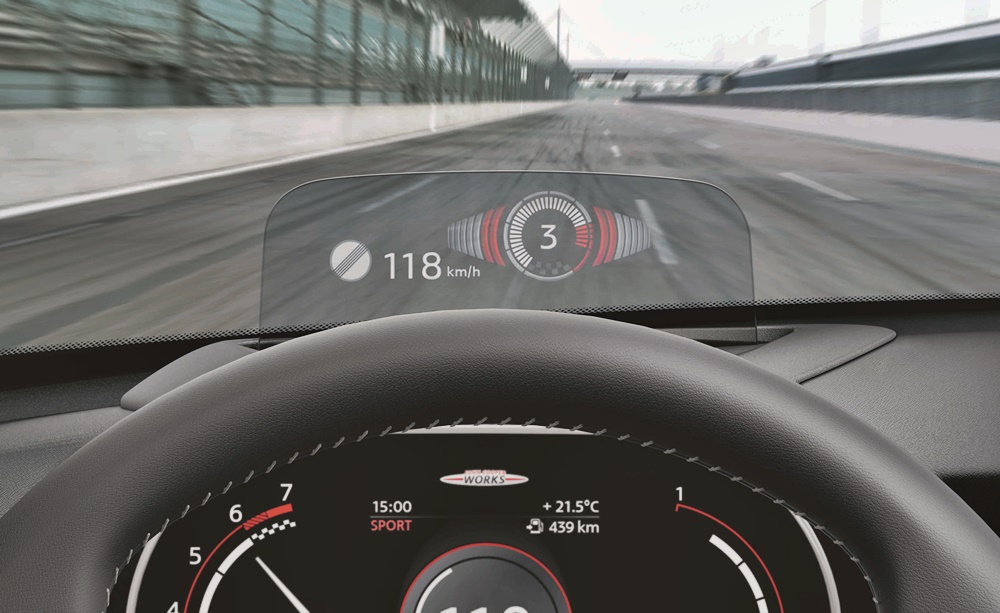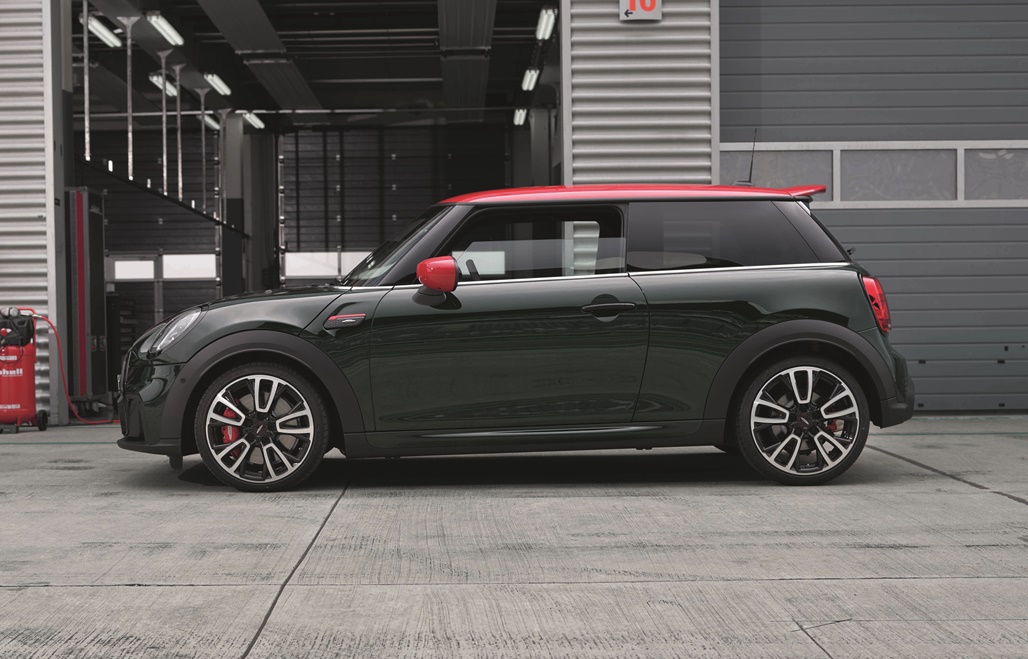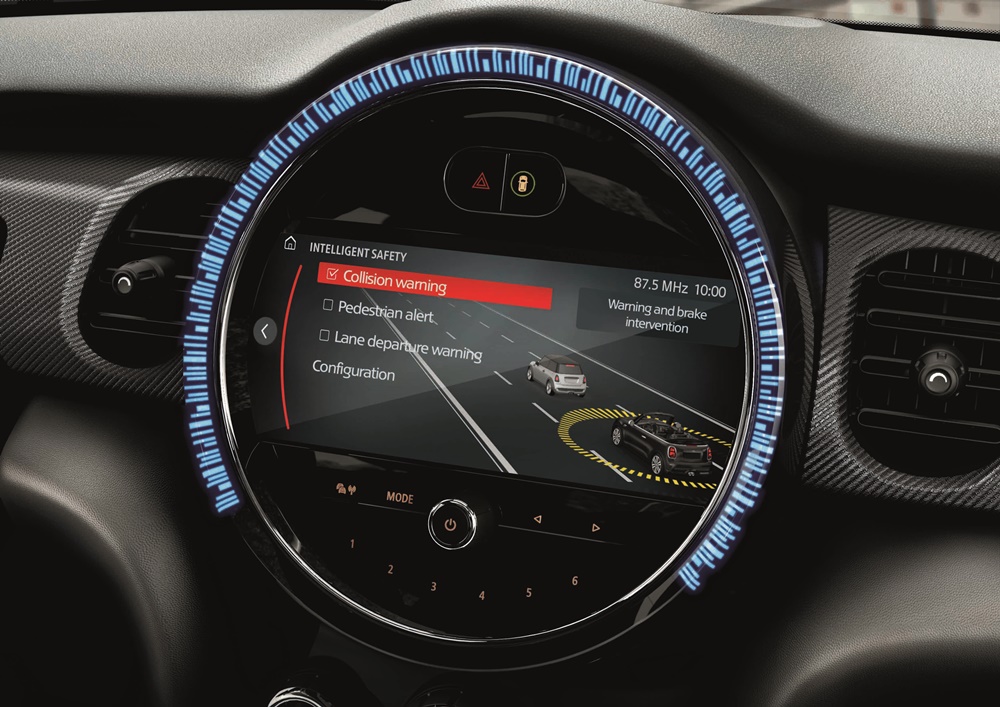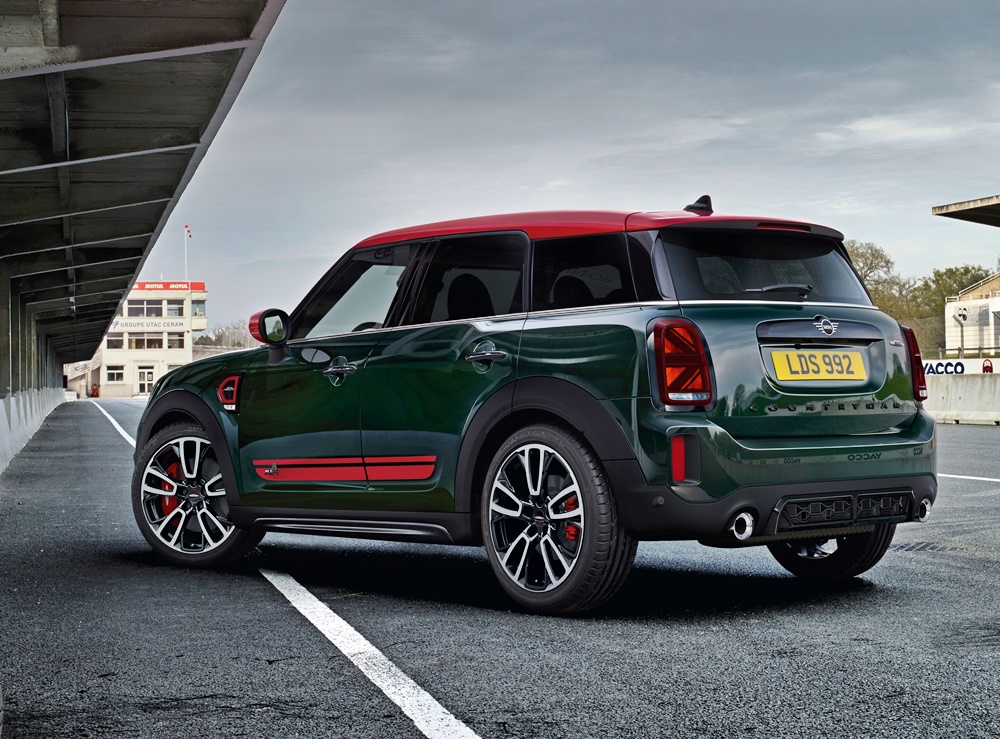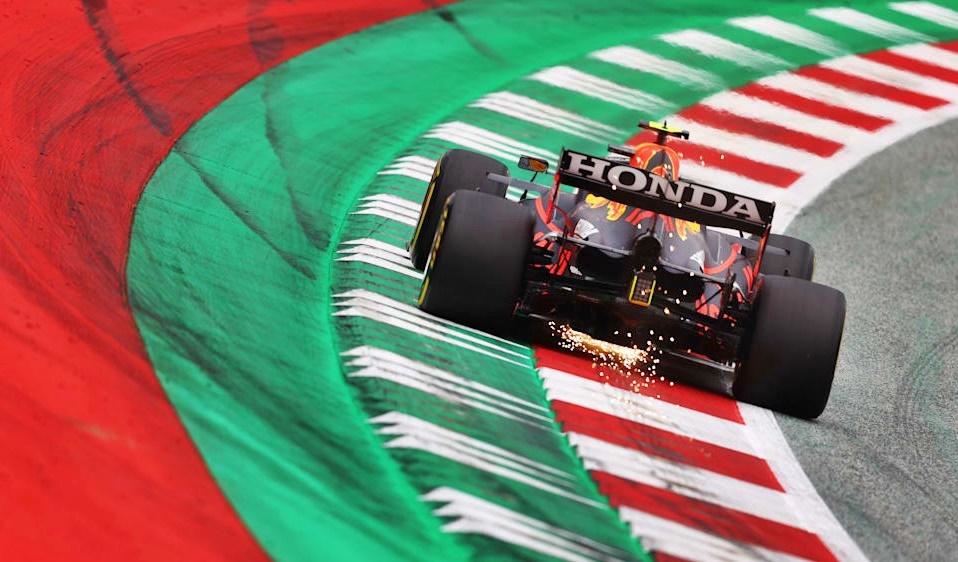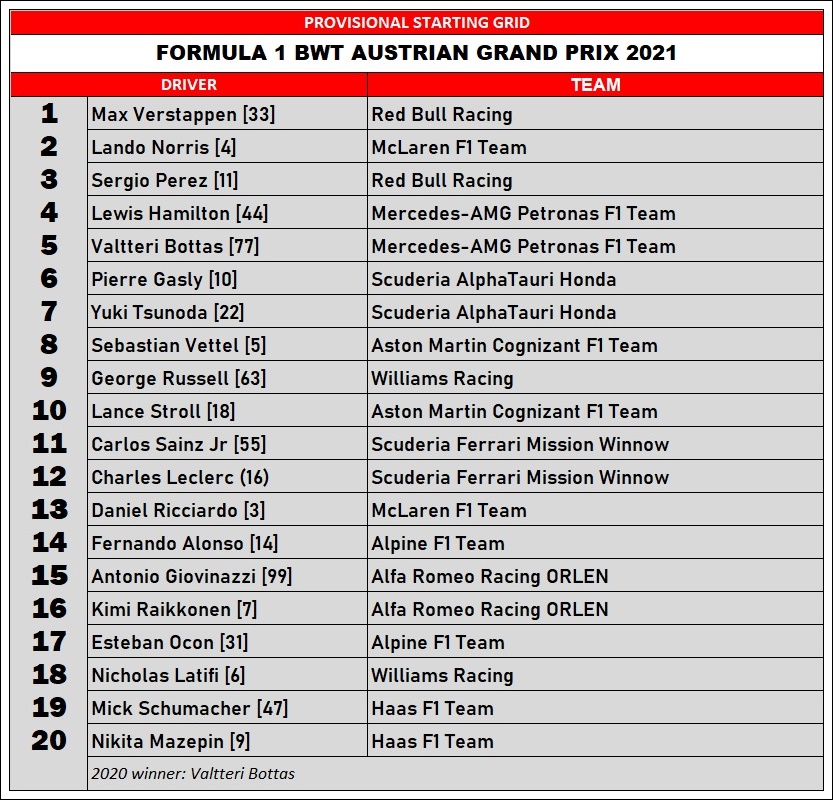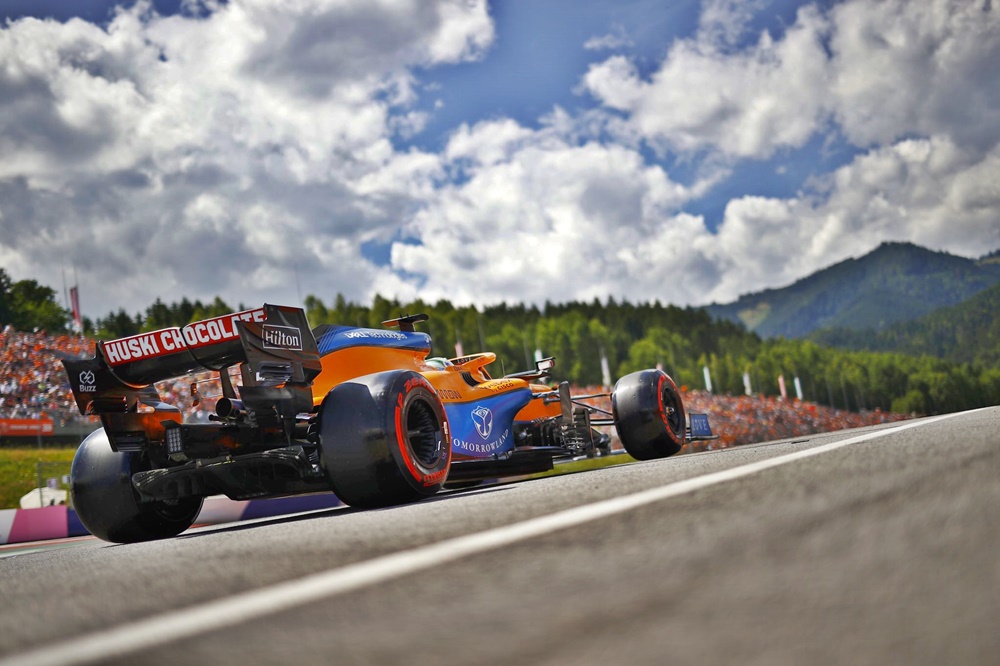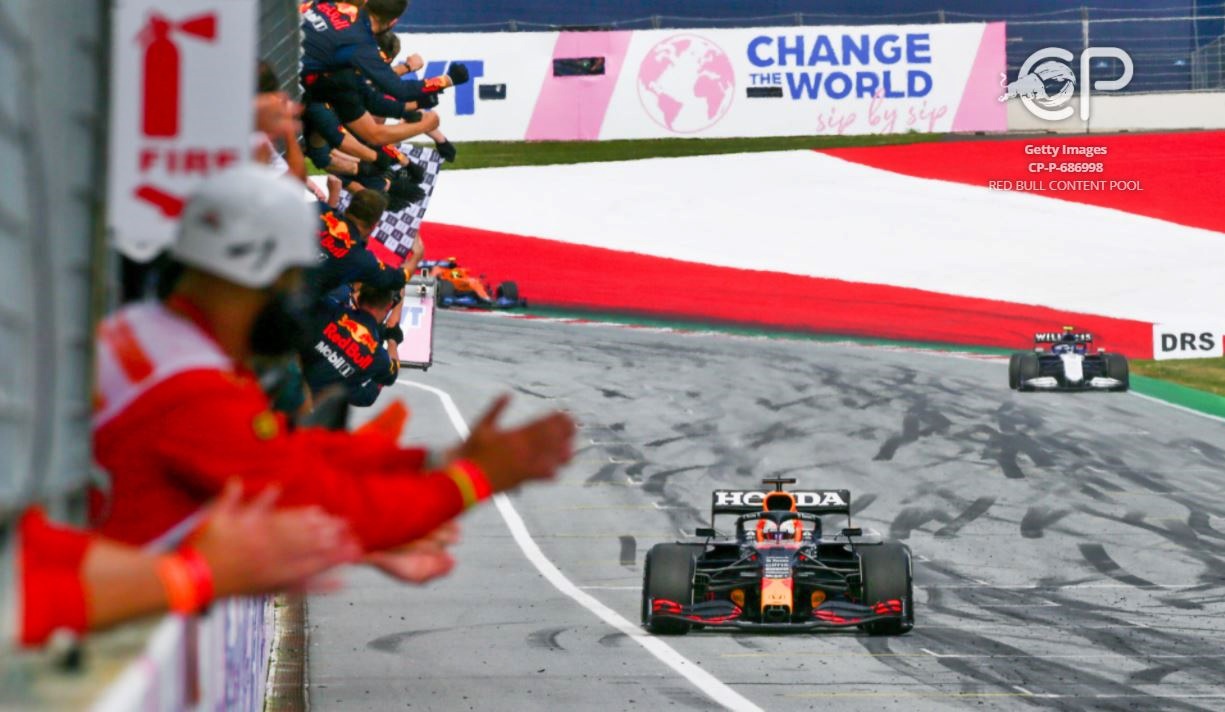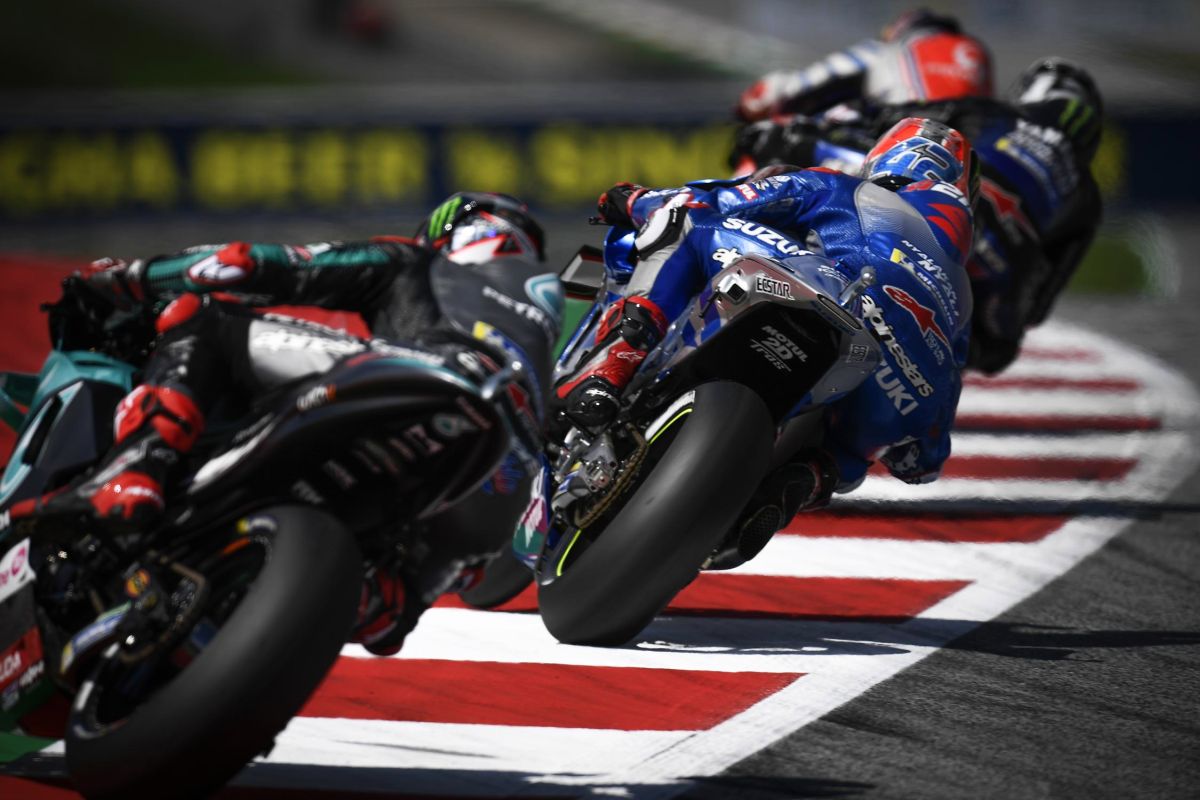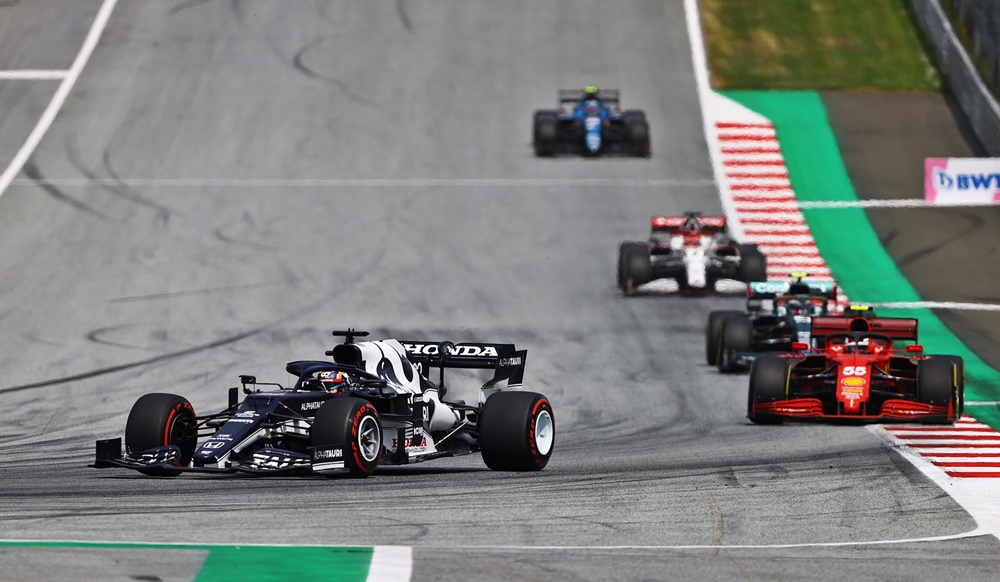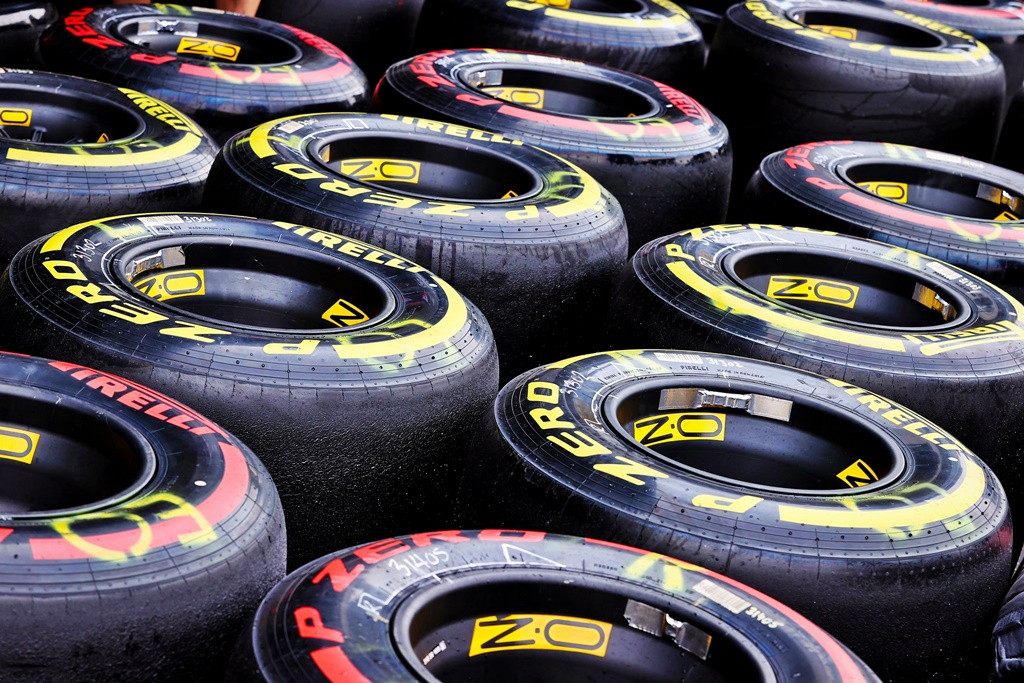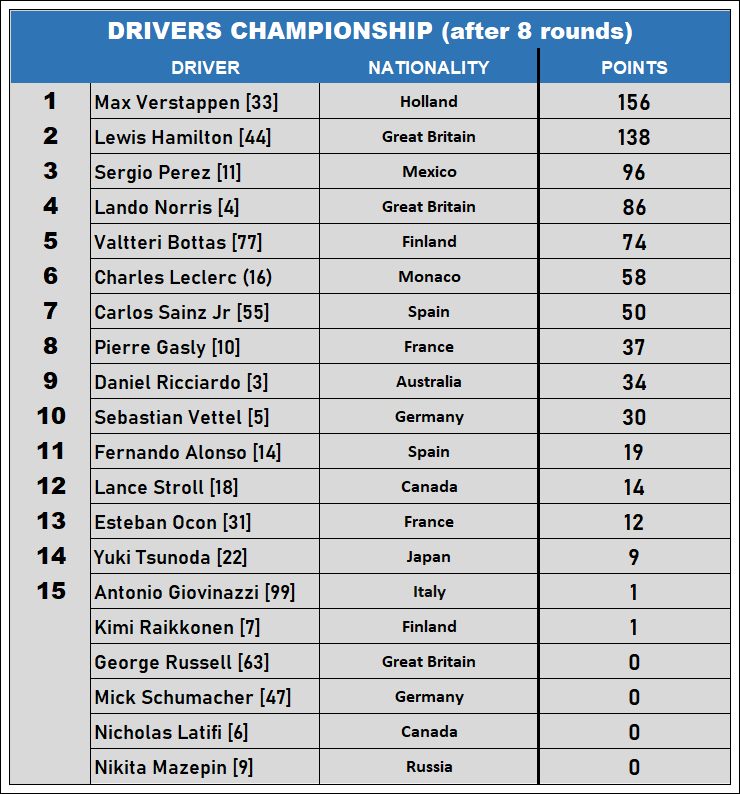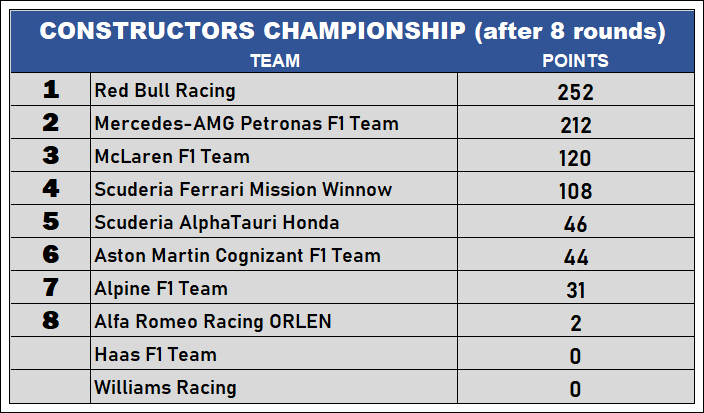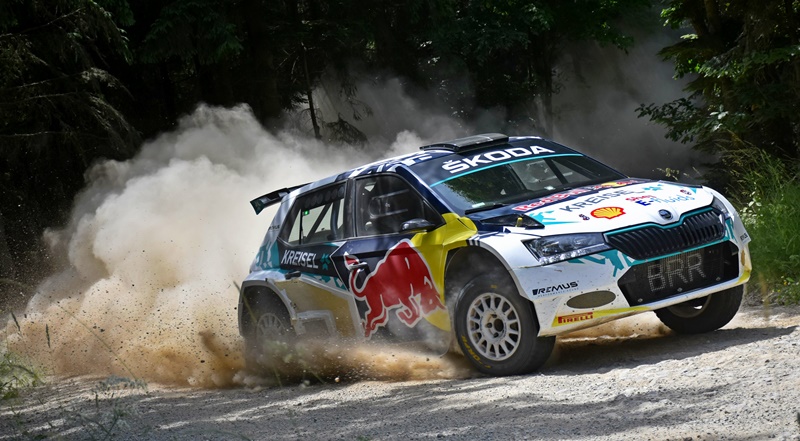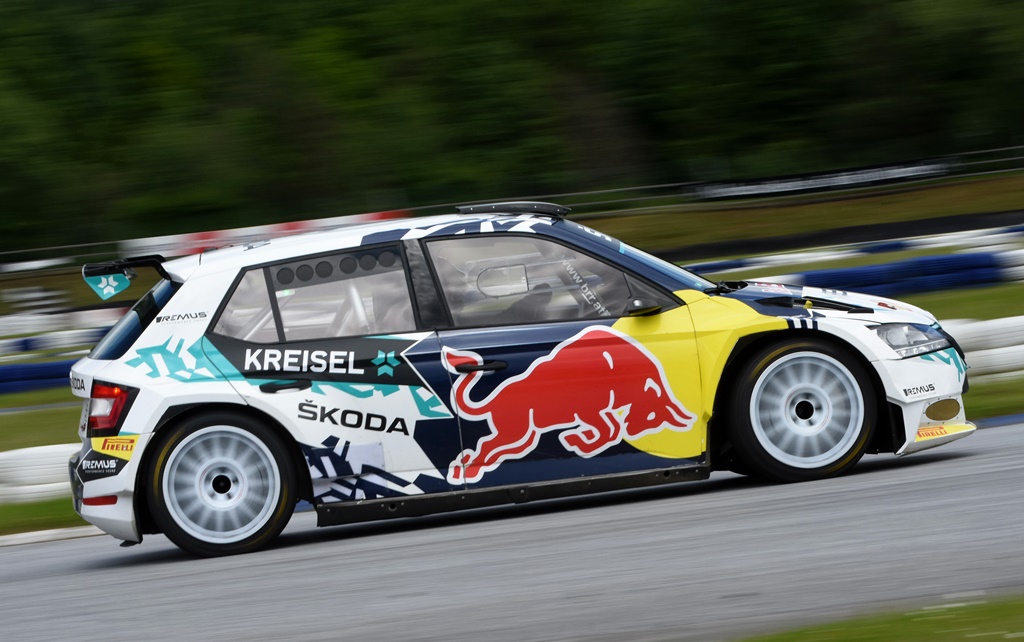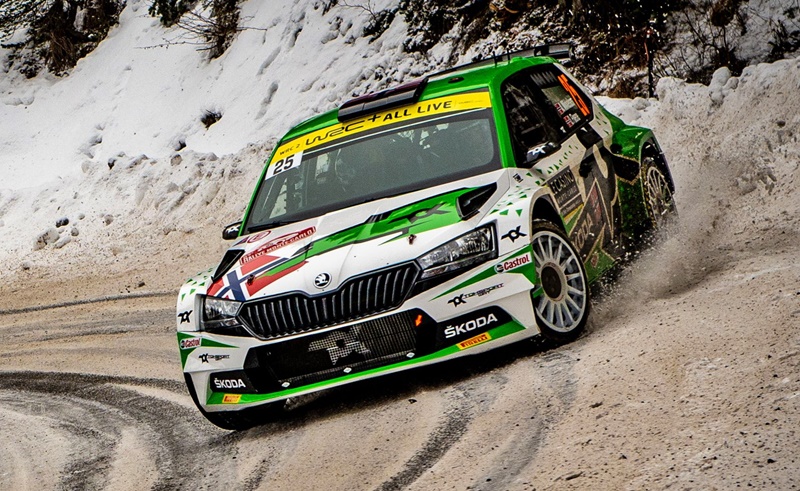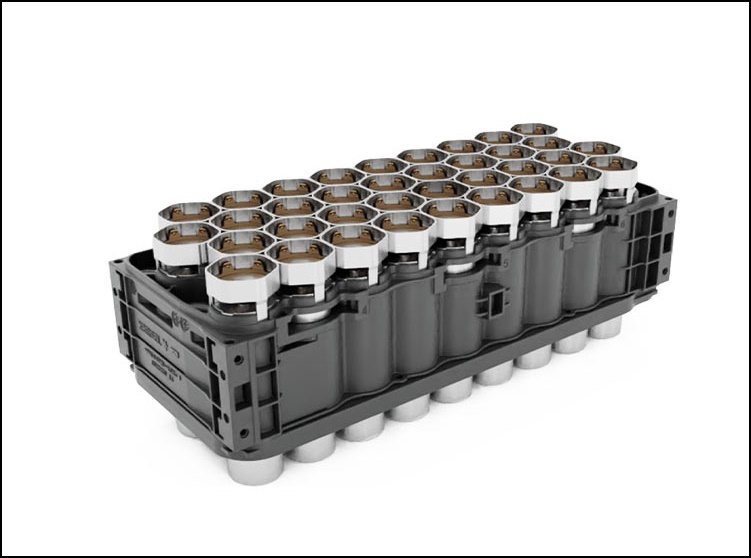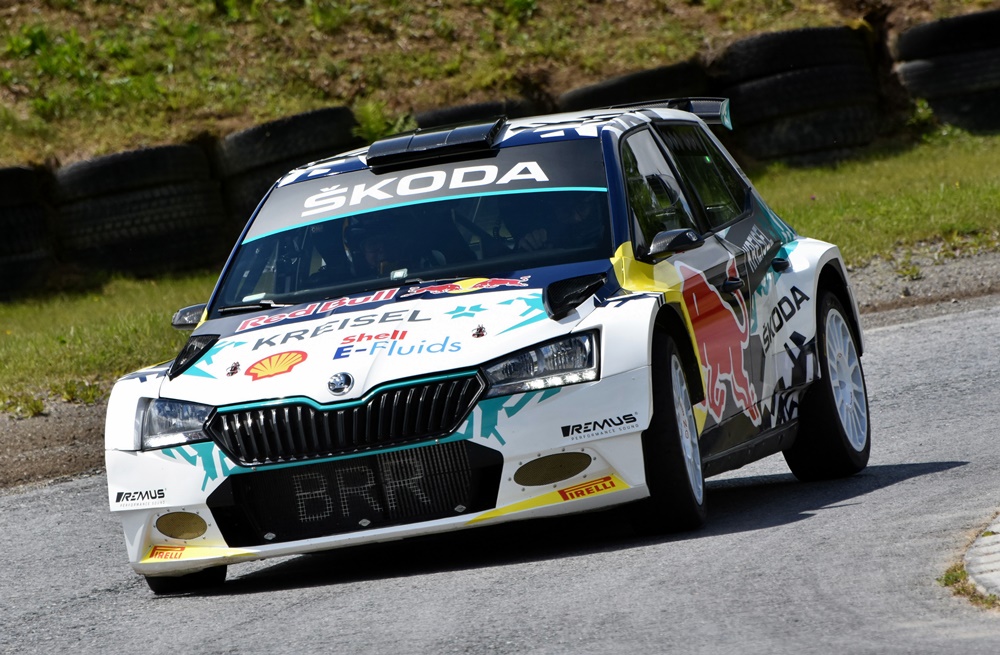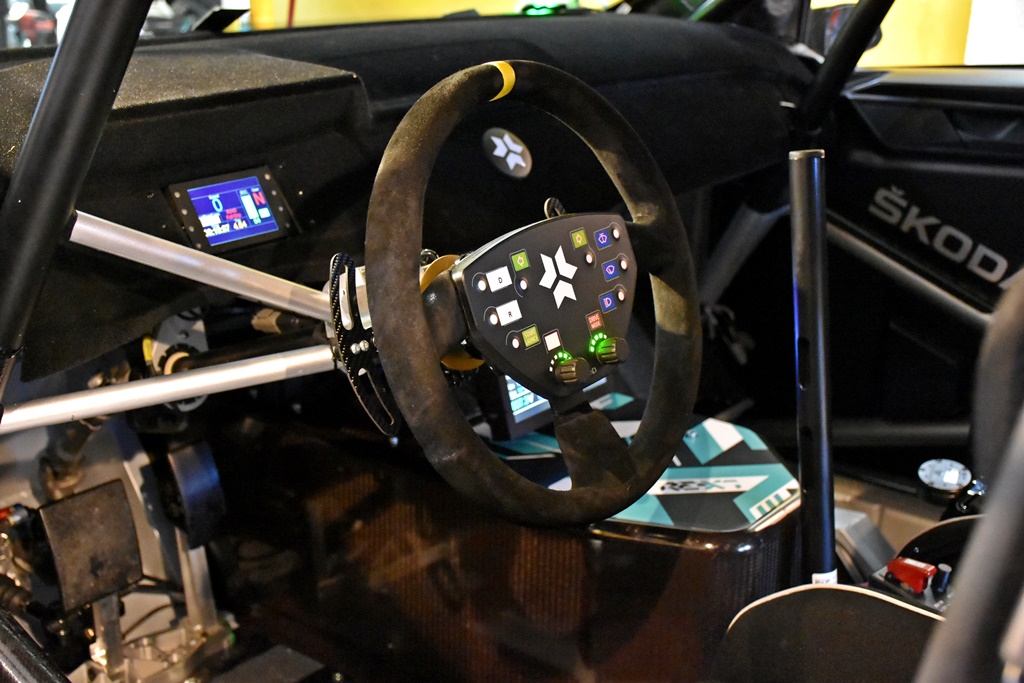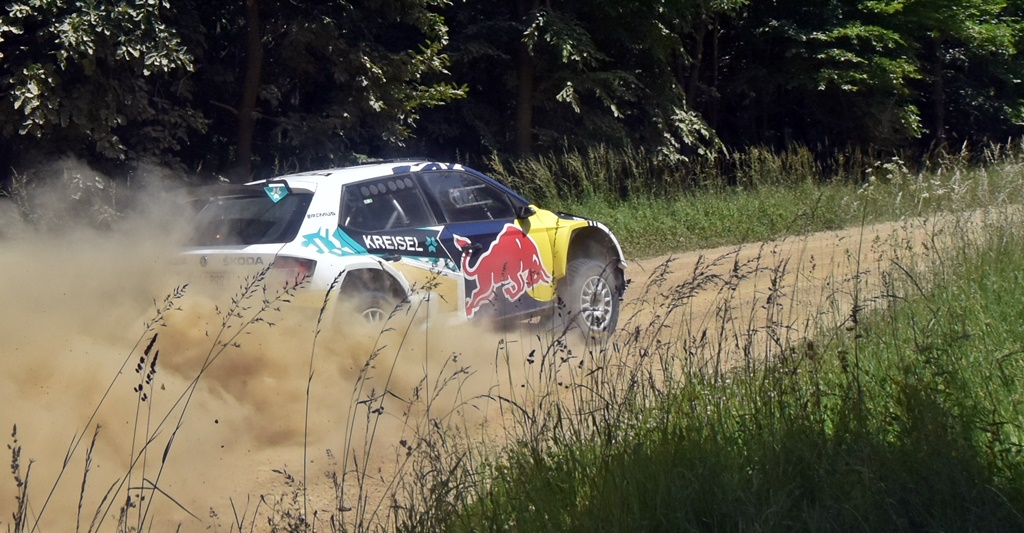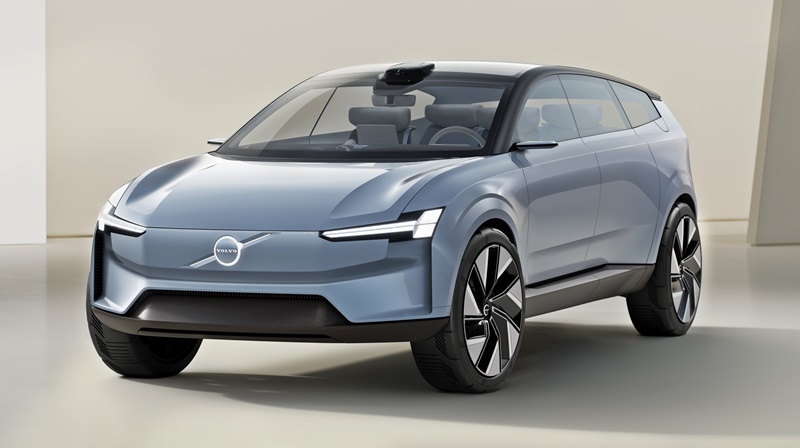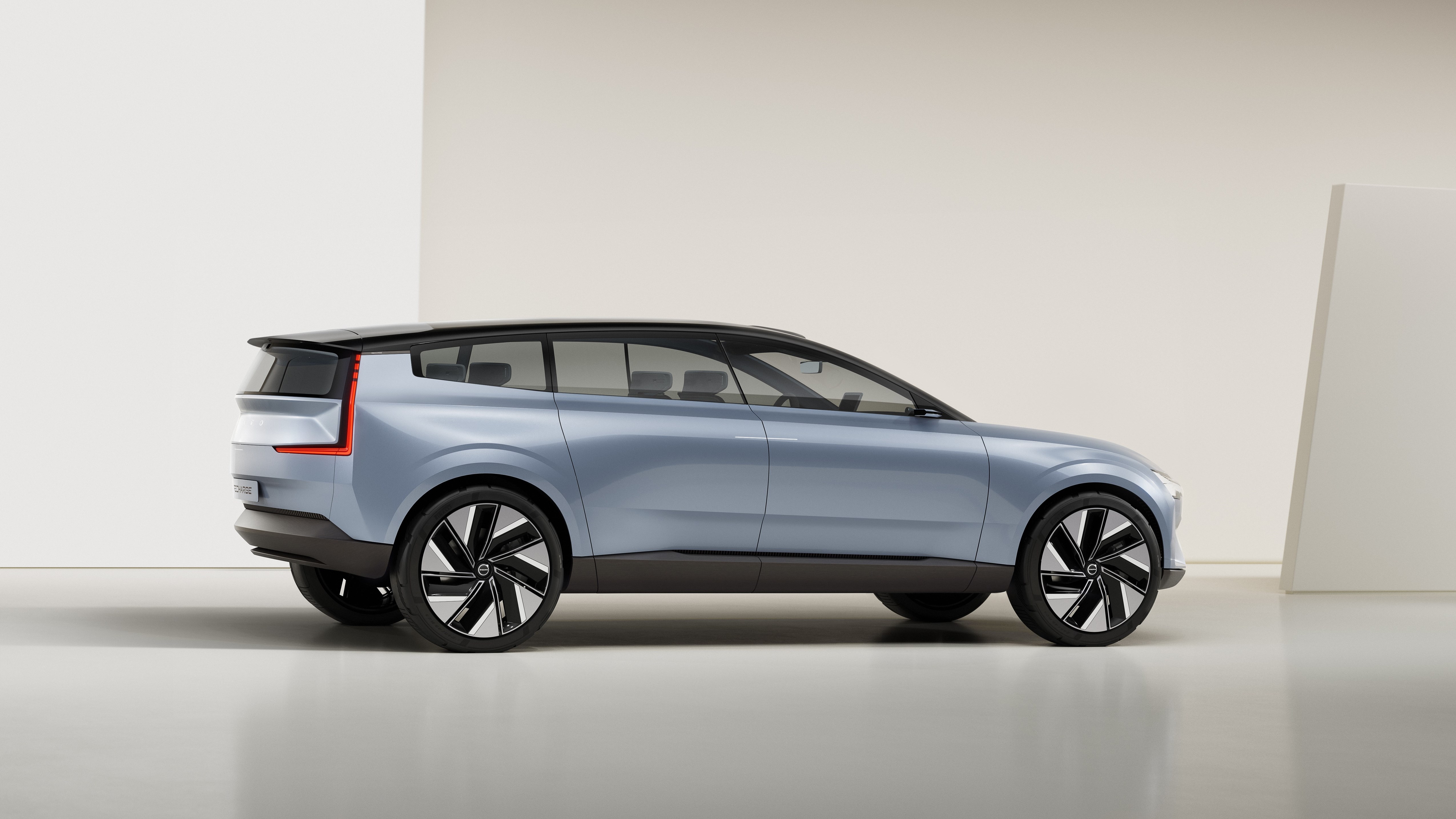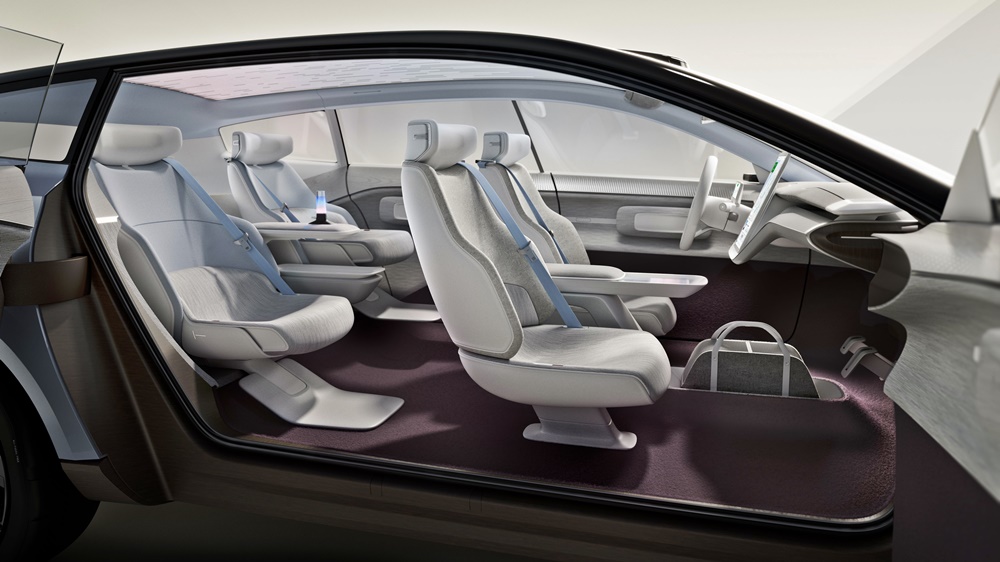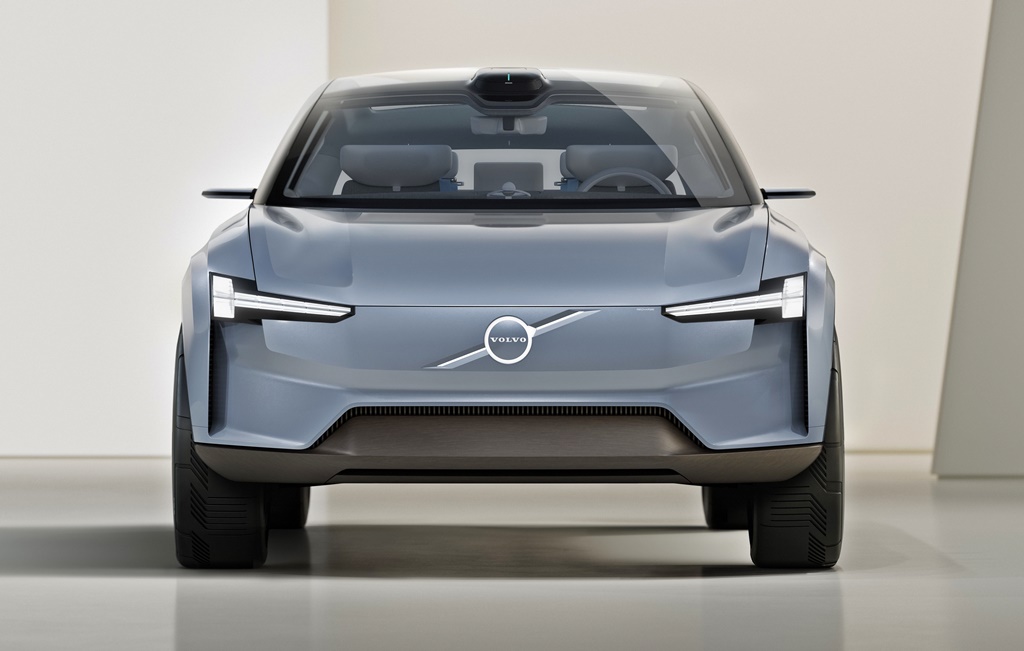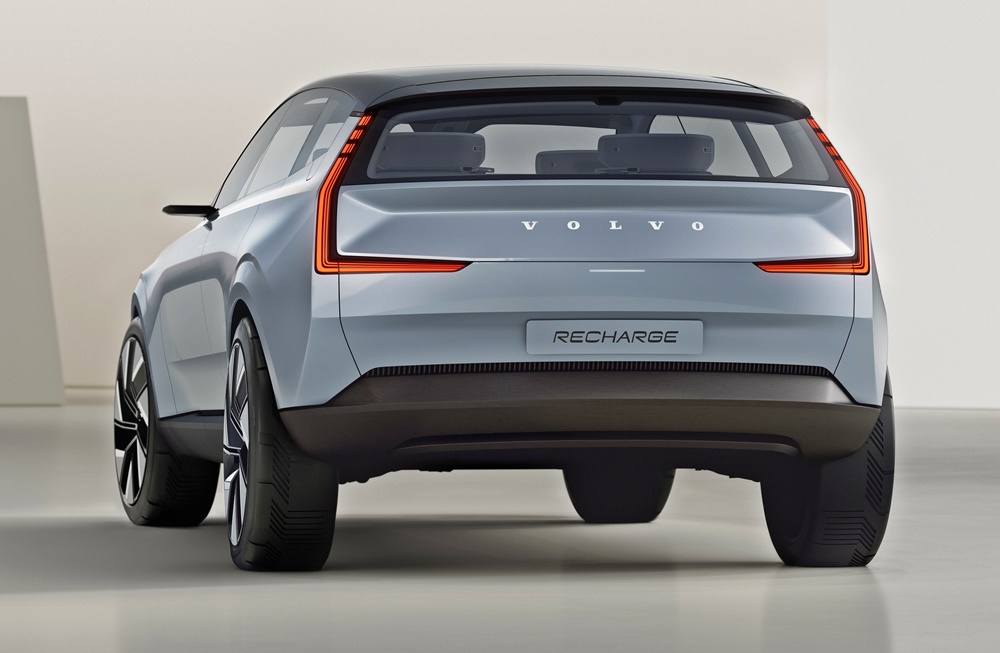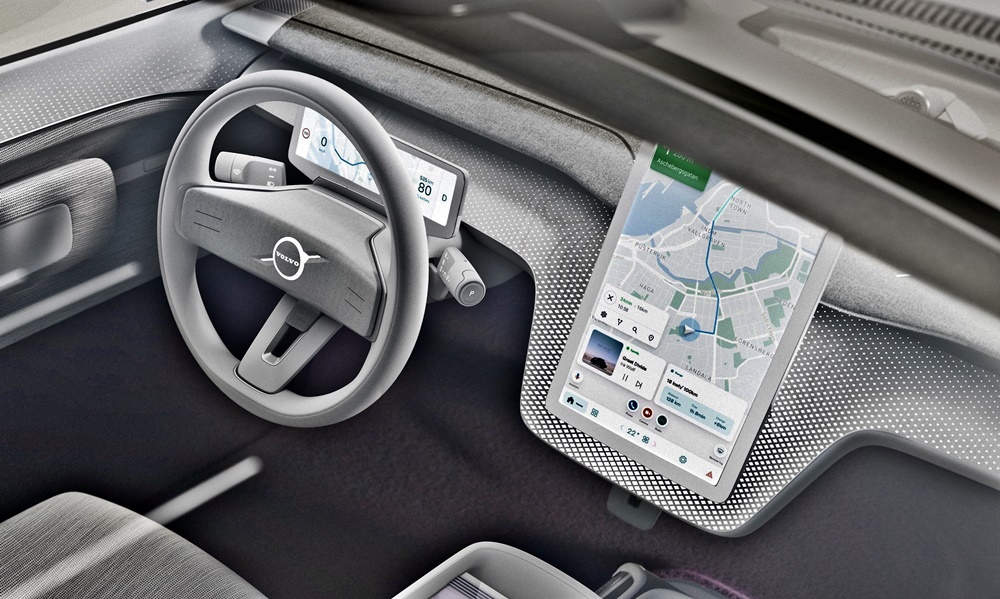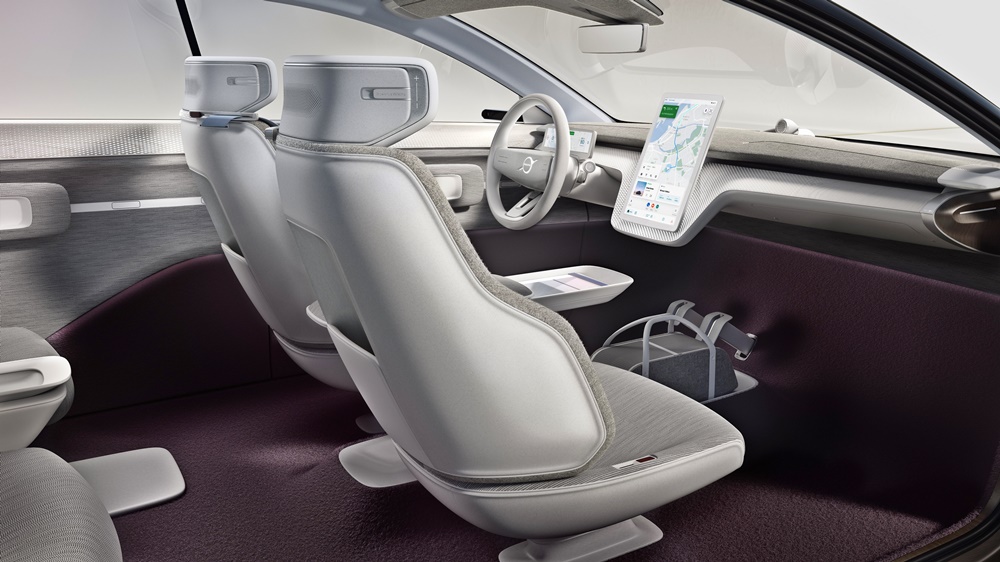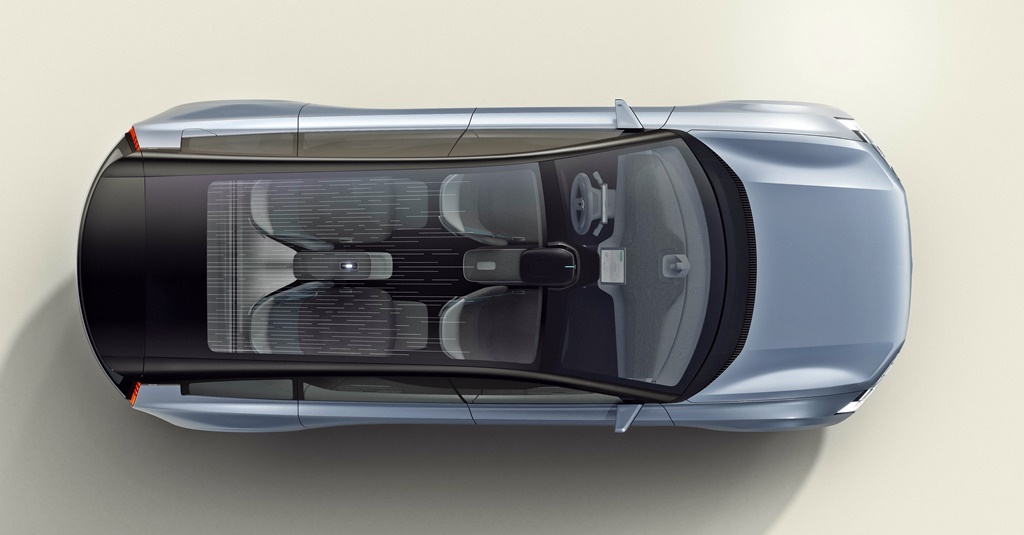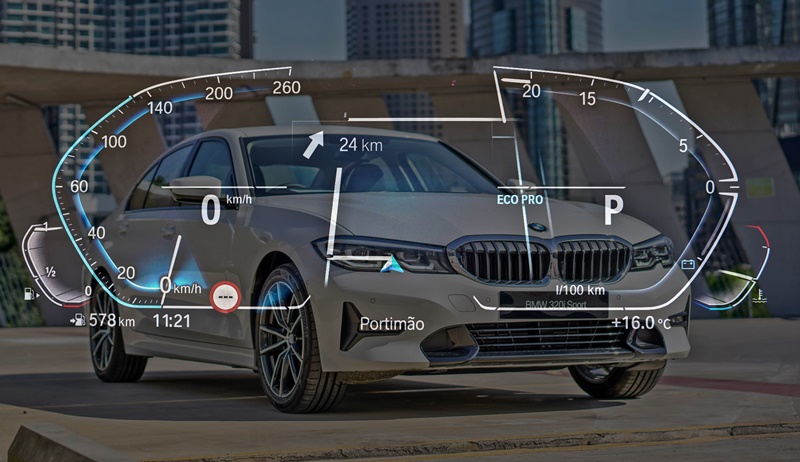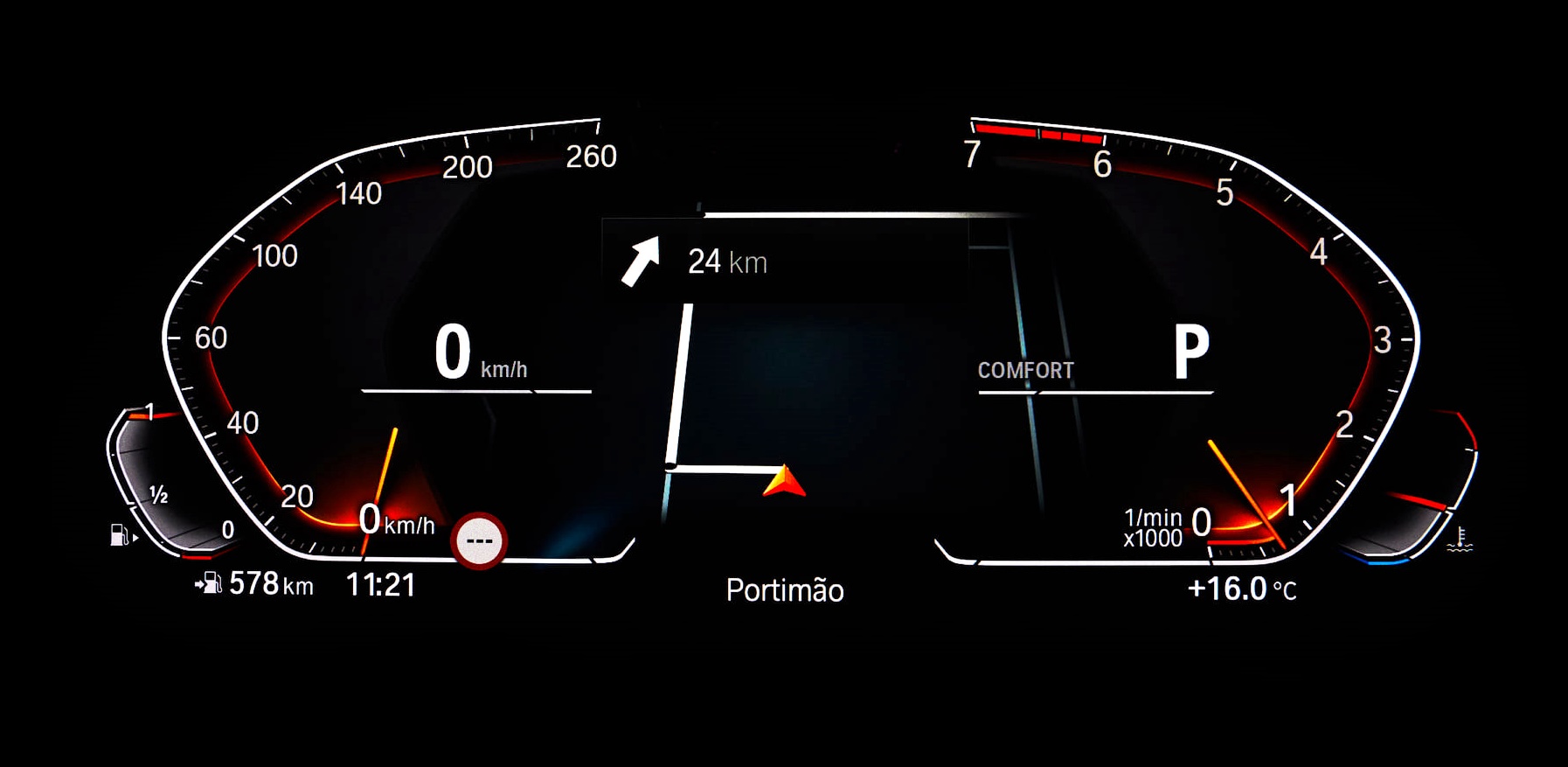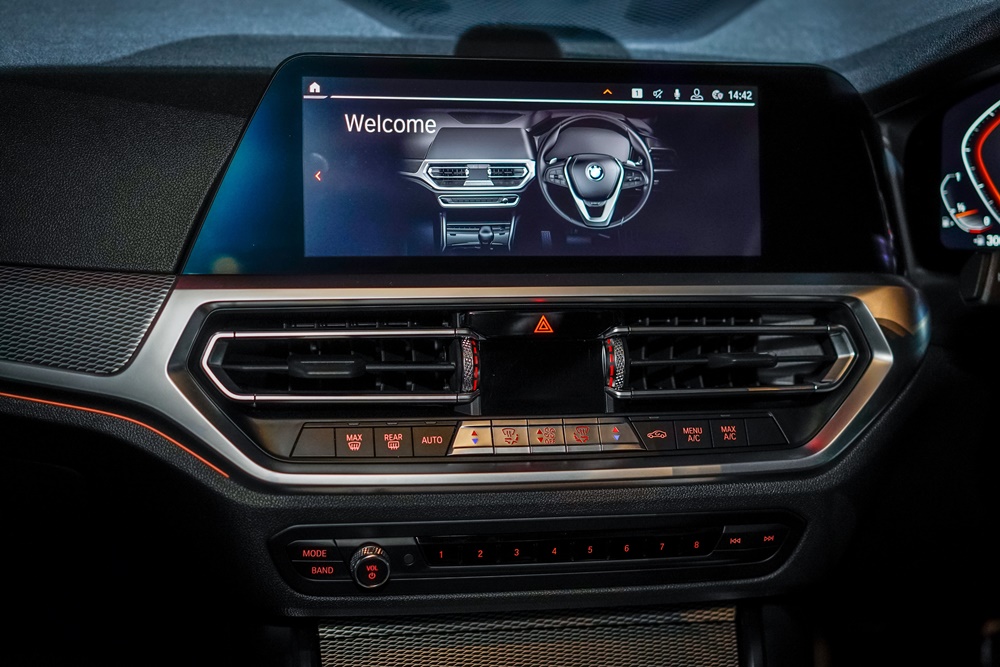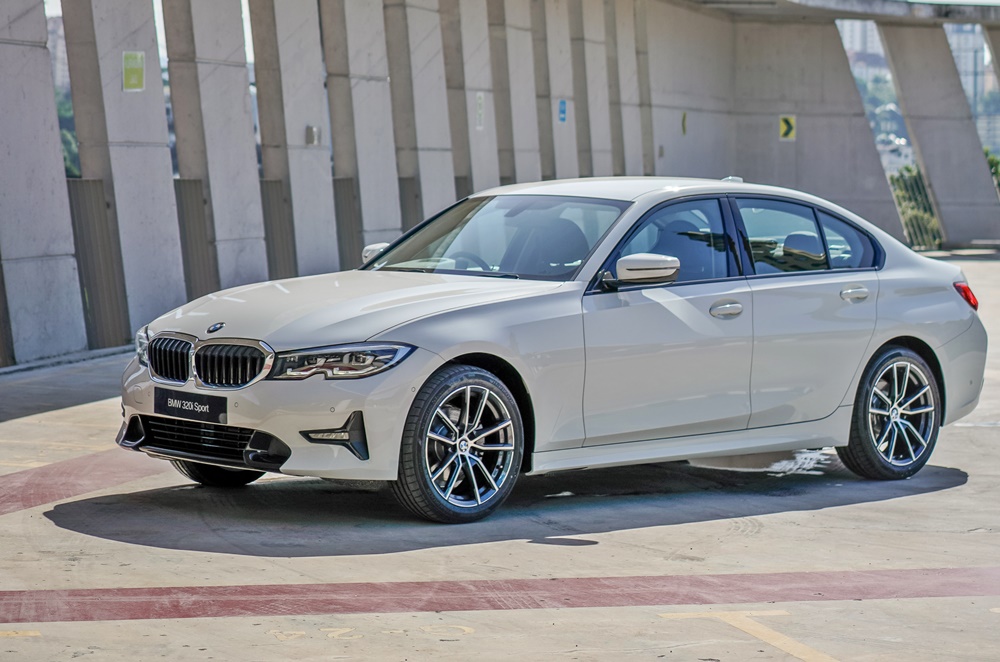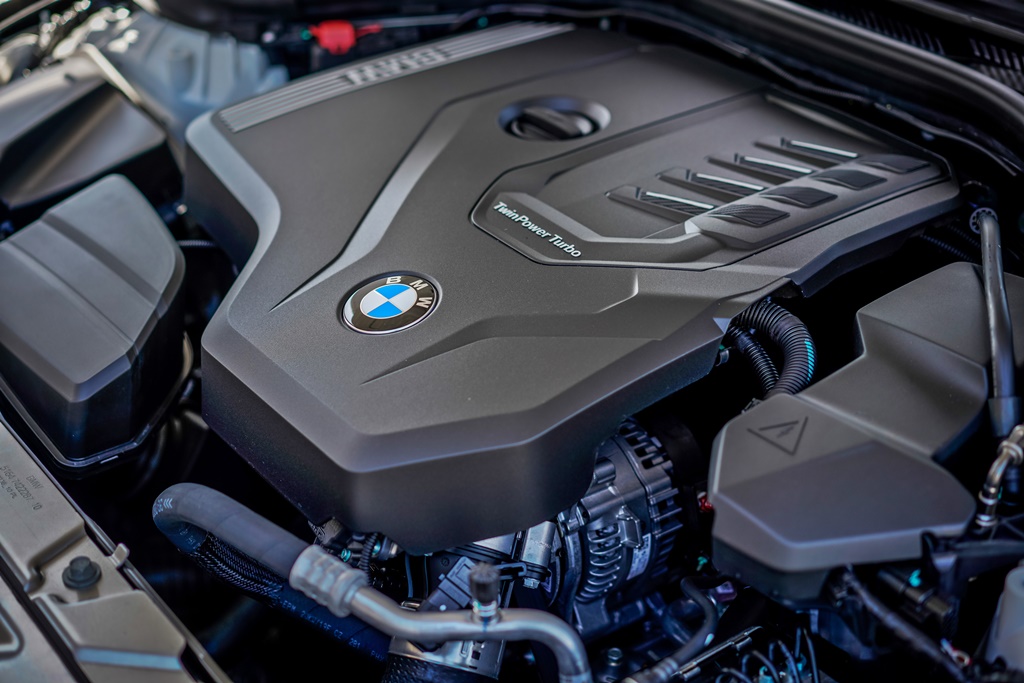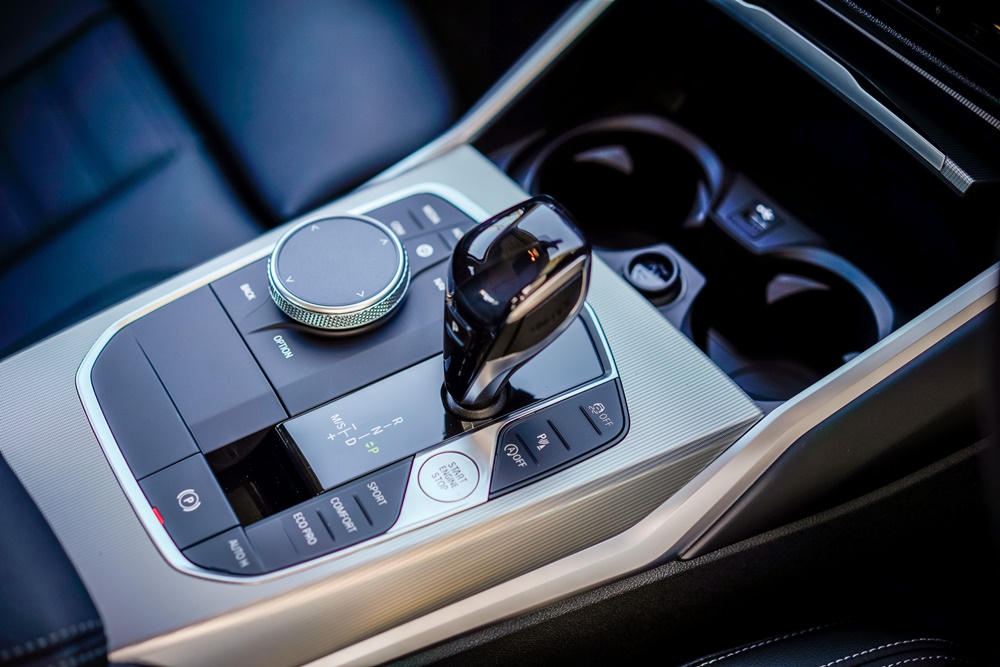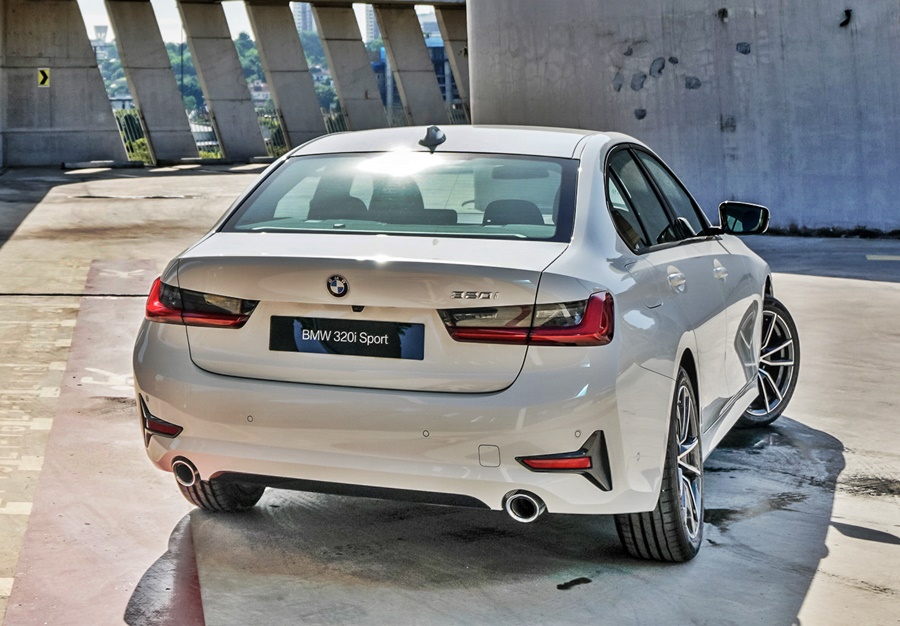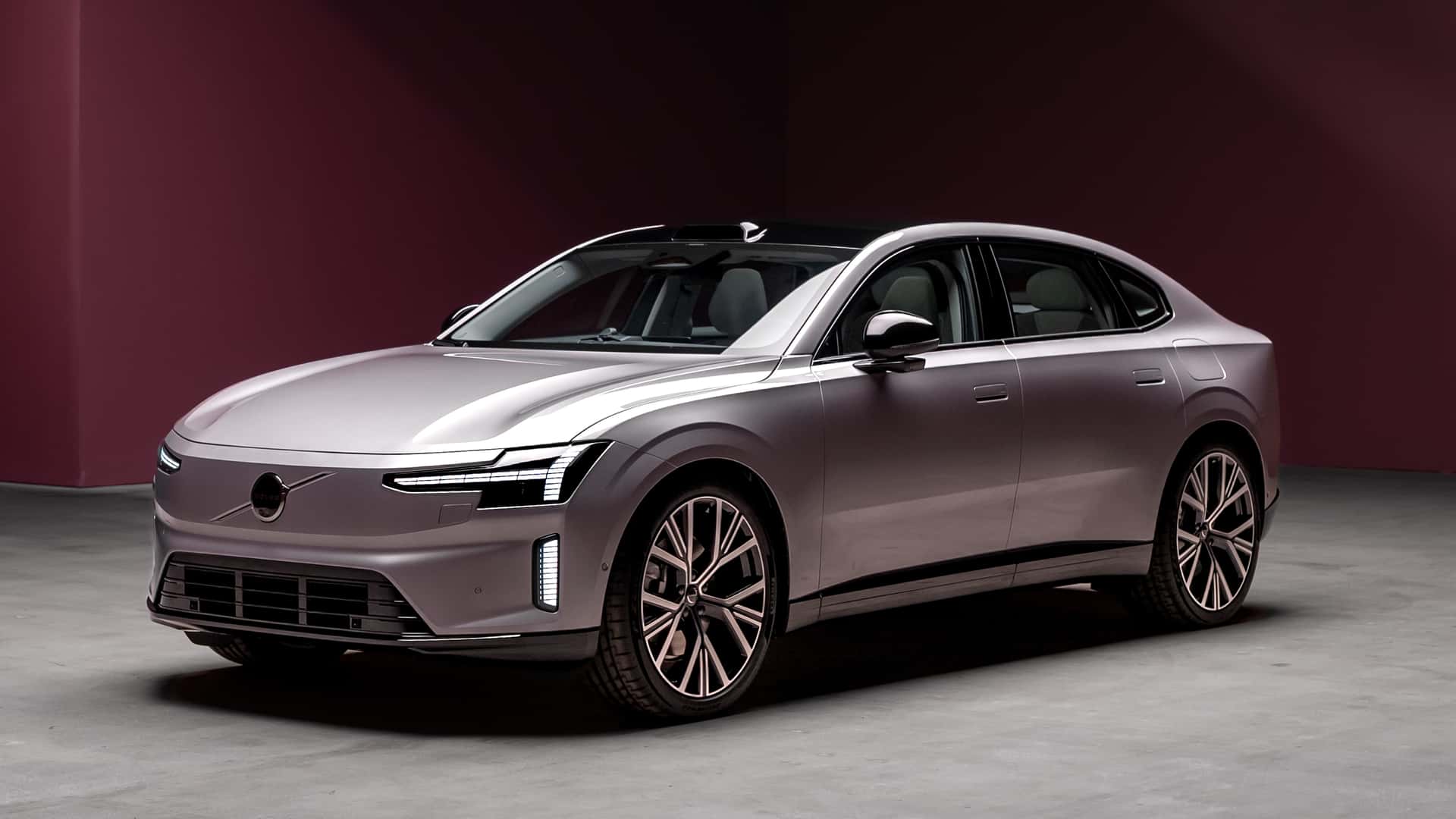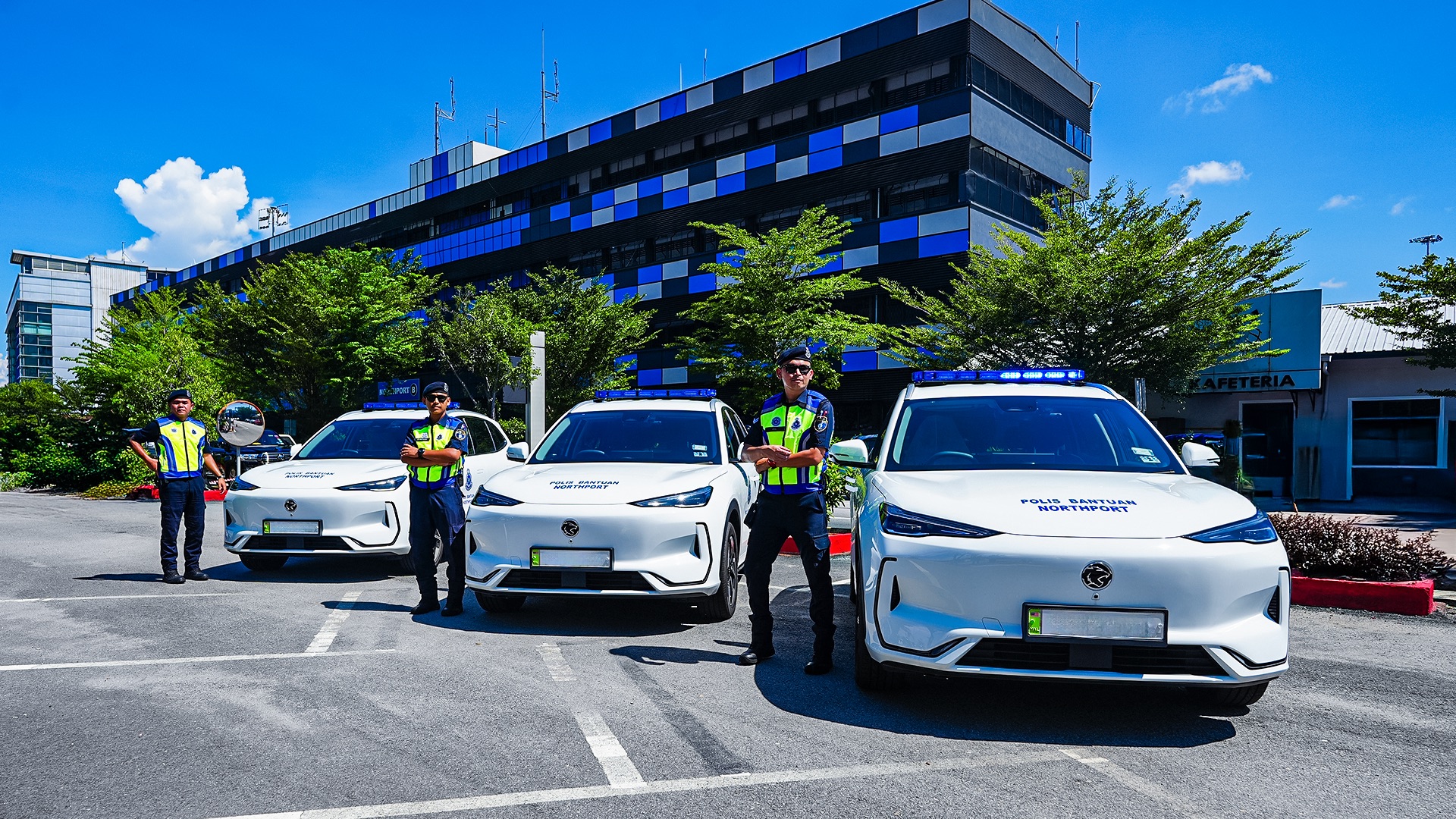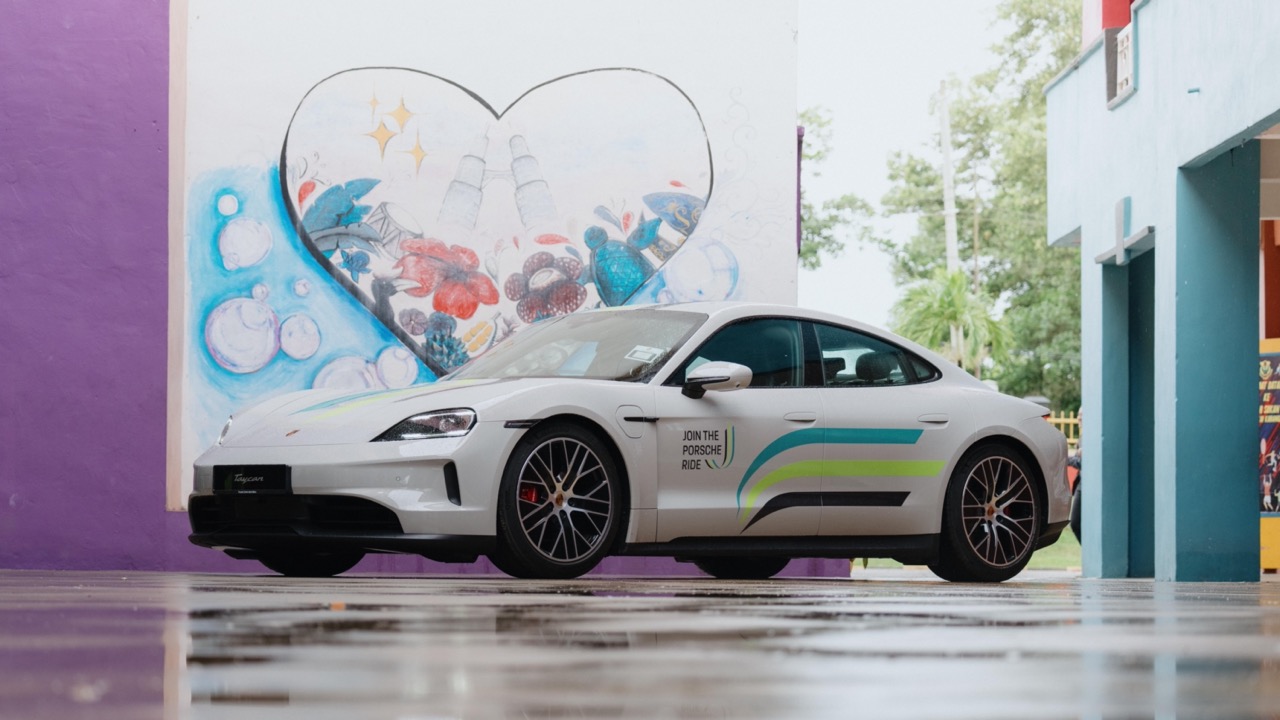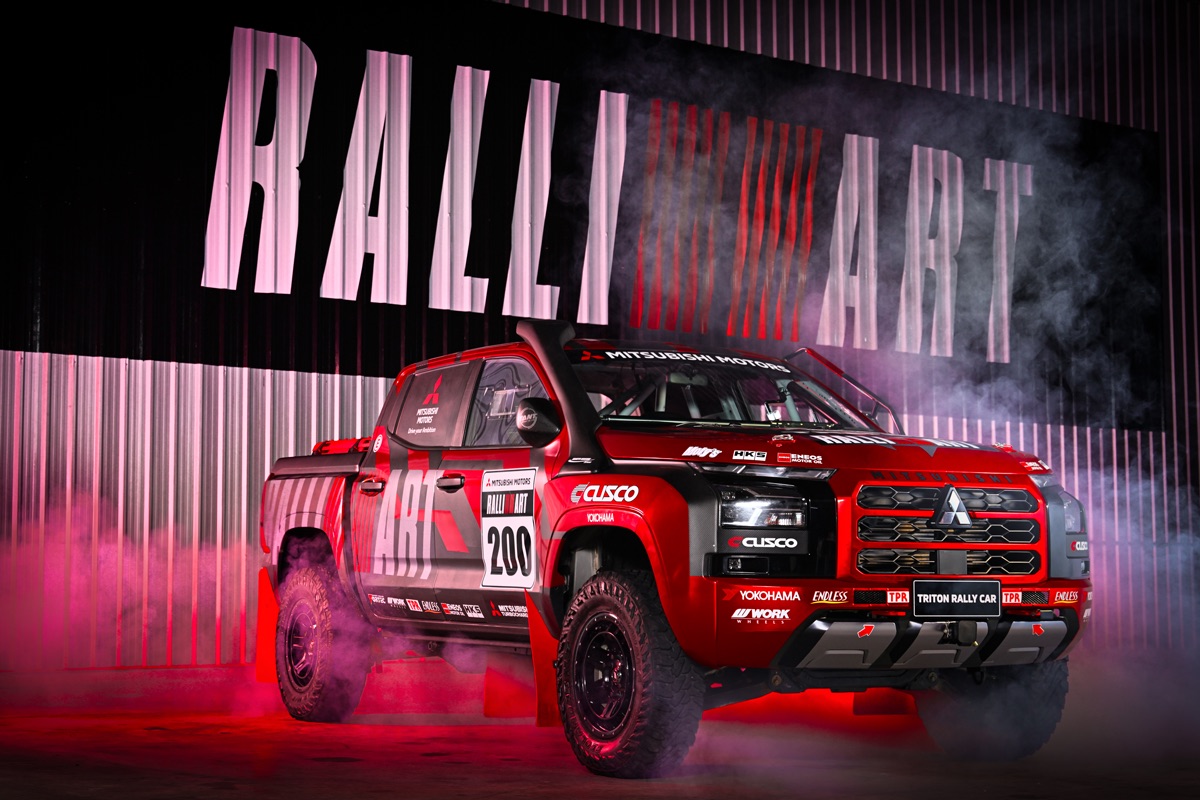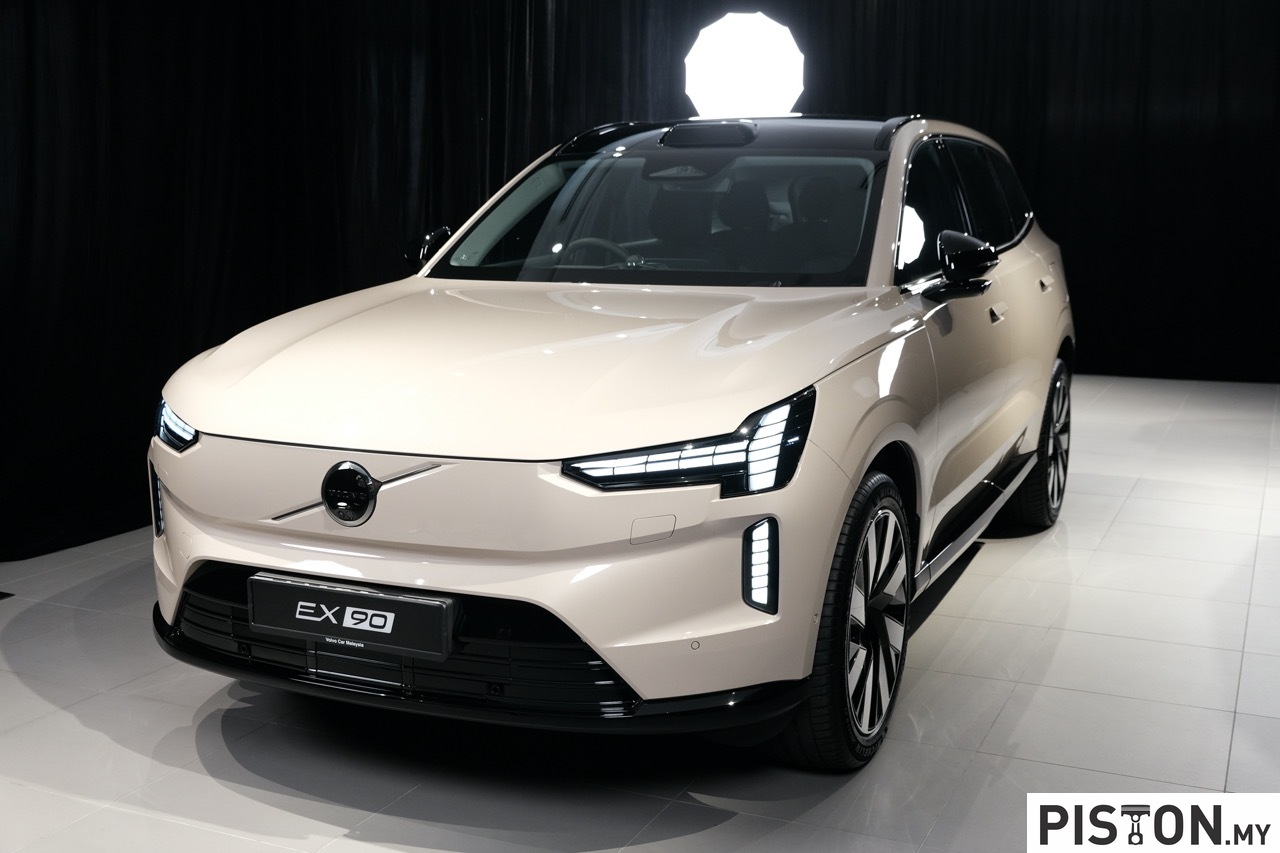UMW Toyota Motor (UMWT) has announced plans to assemble Toyota hybrid models in Malaysia, joining the still-small group of companies that are doing so. The move is driven by Toyota Motor Corporation’s (TMC) global commitment to deliver ‘mobility for all’ and produce ‘happiness for all’ through its commitment towards a ‘Clean, Safe and Secure Society’.
On a larger scale, TMC is aiming for carbon neutrality by 2050 in all its processes. Carbon neutrality means almost zero emissions of carbon dioxide (CO2) which is a ‘greenhouse gas’ that is known to have a significant effect on global warming, causing climate change.
TMC’s reduction of CO2 emissions will encompass the lifecycle of manufacturing, transporting, operating, fuel and/or charging, and recycling and disposal of vehicles. This is in line with the global approach towards lifecycle assessments of the potential environmental impact of a product throughout its lifecycle.
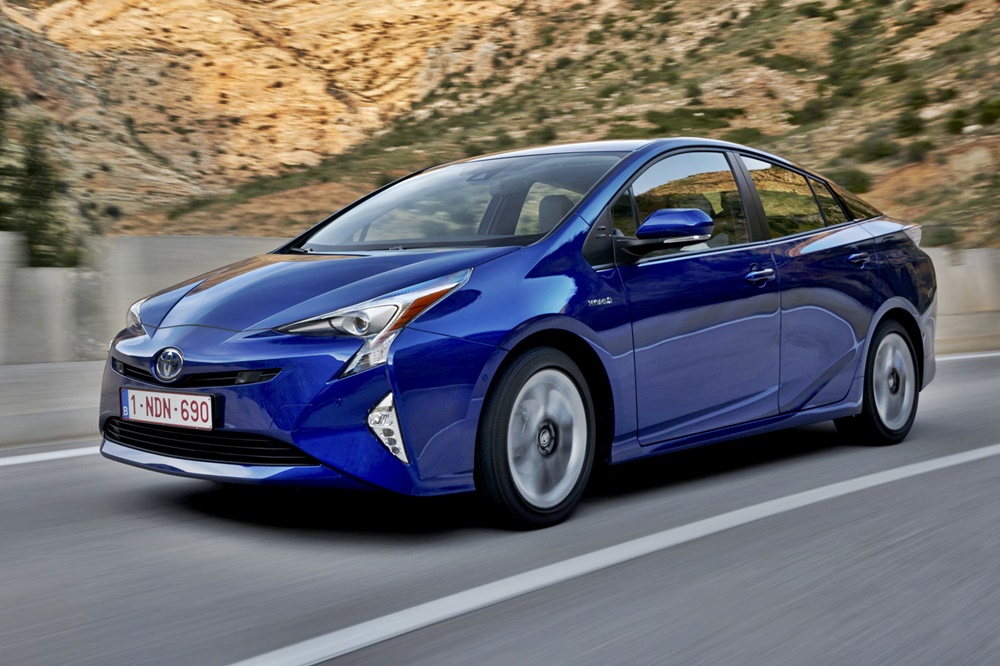
Full line of Low Emission Vehicles
As part of this strategic initiative, the carmaker will produce a full line-up of Low-Emission Vehicles which will have electrified powertrains. There will be various powertrains to meet diversified mobility demands all over the world as well as the different rates of vehicle electrification.
“Toyota’s global direction is to achieve carbon neutrality by 2050. This is also in line with the Malaysian government’s aspirations to position the country as a progressive nation that promotes more green technology and environmental sustainability,” said UMW Toyota Motor’s Deputy Chairman, Akio Takeyama.
“This is indeed an exciting time for the Malaysian automotive industry and UMW Toyota Motor is fully charged and ready to champion this Malaysian dream. In order to achieve this, the most realistic, practical and immediate solution is Toyota Hybrid Electric technology and vehicles,” he added.
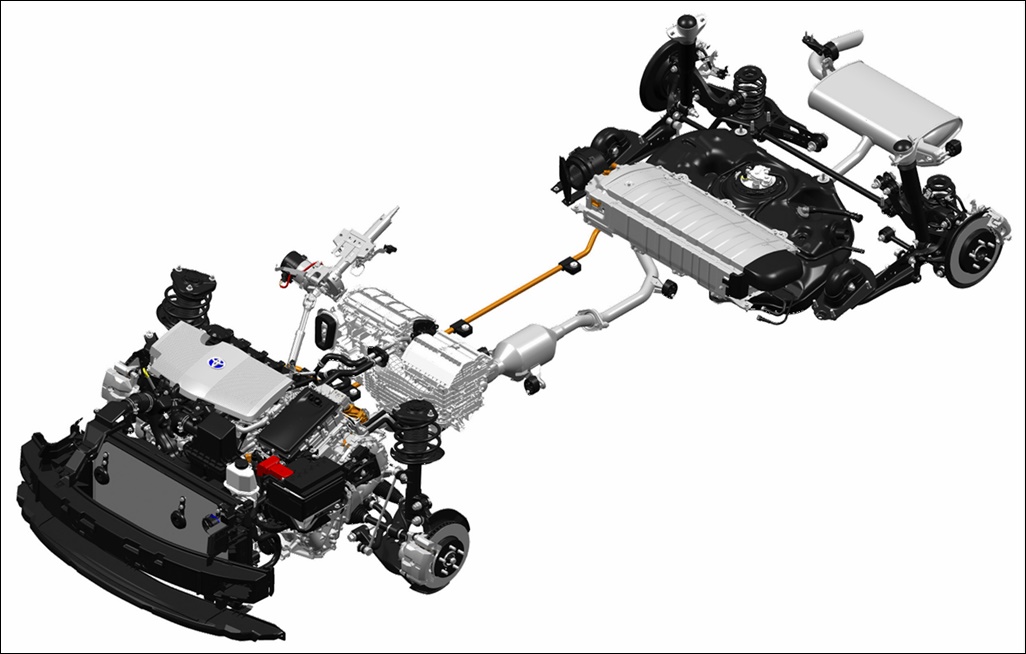
A pioneer in hybrid technology
Toyota has long experience in electrification and was a pioneer in the production and marketing of hybrid vehicles. Since the late 1990s, the company has sold more than 17 million hybrid electric vehicles as well as Hydrogen Fuel Cell Electric Vehicles (FCEV) worldwide.
This number of vehicles with low emissions has made Toyota’s cumulative contribution to CO2 reduction amounting to 140 million tonnes of CO2, or approximately 1.5 million conventional passenger vehicles per year over the past 20 years.
The CO2 reduction will continue and even increase as TMC aims to sell 8 million electrified vehicles annually by 2030. In April this year, the company announced an electric vehicle strategy that will see 15 new Battery-Electric Vehicles (BEVs) introduced by 2025. Including FCEVs, the total number of electrified vehicle models will be 70 by 2025.
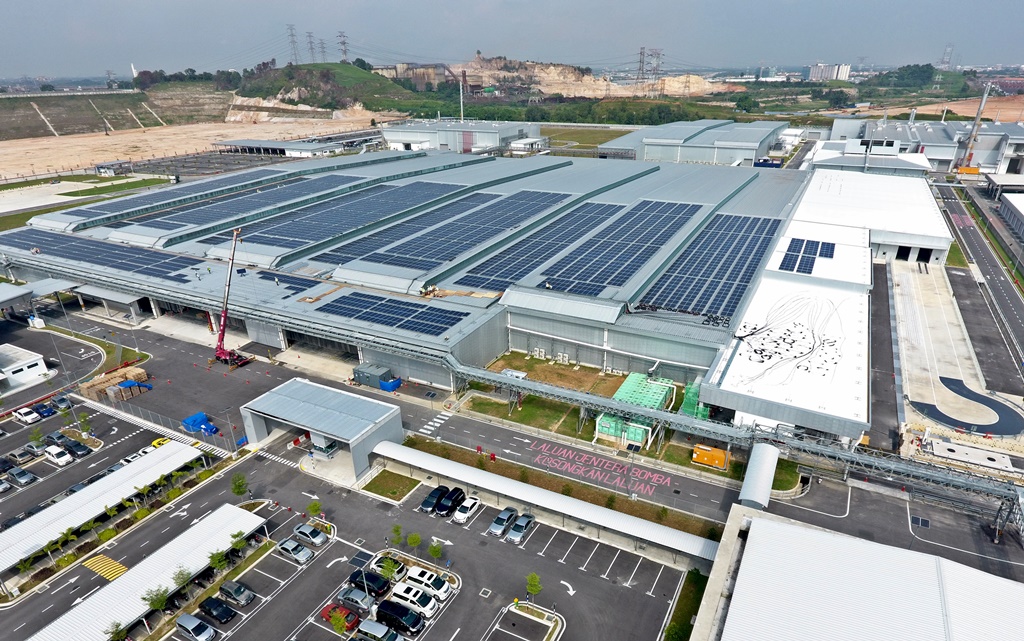
RM270 million additional investment
Toyota’s operations in Malaysia, via the 39-year old joint-venture UMWT, will support the ‘big picture’ in achieving carbon neutrality by investing RM270 million in its manufacturing operations. This amount includes, amongst others, the introduction of a new and technologically-advanced generation of hybrid models.
“We are ready [with the introduction of Hybrid Electric Vehicles], and the technology; service support; current infrastructure; global and domestic policies; the level of affordability and cost effectiveness; and, consumer awareness and demand, particularly in Malaysia, are now at its most ideal conditions to pursue a new and exciting journey towards achieving carbon neutrality,” said Mr. Takeyama.
While neighbouring countries are encouraging the introduction full electric vehicles, Mr. Takeyama said that research has shown that the reduction in CO2 emission levels between fully electric and hybrid electric vehicles are almost similar when considering electricity source, and from production and throughout ownership.
For Malaysian consumers, the local assembly of Toyota hybrid vehicles will mean they are offered at a price point that is practical and accessible to the greater masses. “While time is still needed for full electrification, the hybrid electric technology is ready today and the current infrastructure permits it to be rolled out on a greater scale in Malaysia,” added Mr. Takeyama.
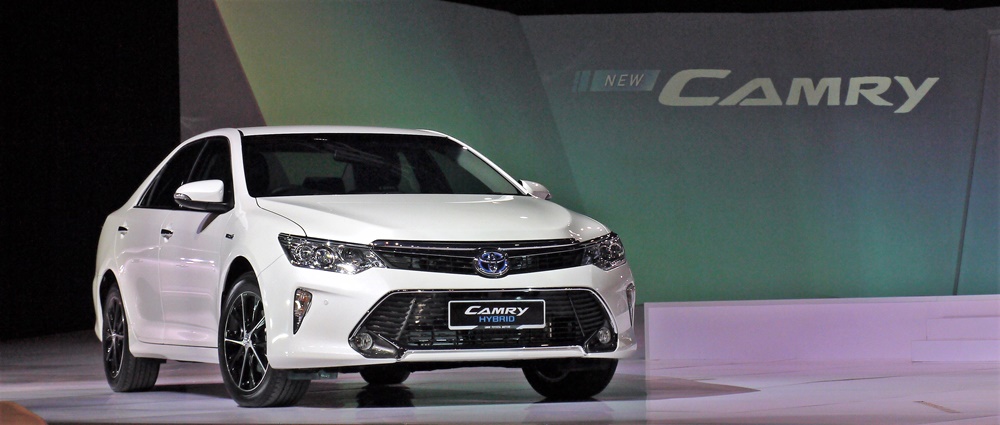
The time-frame for the introduction of locally-assembled hybrid models is not known yet, but this will not be the first time that UMWT is selling and assembling hybrid models for the Malaysian market. During the period when the government provided full duty exemption on hybrid and electric vehicles, UMWT imported models such as the Prius, Prius c and Lexus CT-200h. Later on, it assembled the Camry Hybrid which could be sold at a competitive price due to incentives offered by the government.
The investment will be additional to the RM2 billion that was made the construction and commissioning of a second assembly plant in Bukit Raja, Selangor, which began operations in January 2019. The original assembly plant, which continues to operate in Shah Alam, was among the earliest assembly plants in Malaysia and was one of the largest as well.
Other environment-related initiatives
“As a manufacturer, the immediate steps we can take to prevent global warming are to address our vehicles and manufacturing processes. But the initiatives do not and cannot stop here. It involves a conscientious change in mindset in society, educating the young of the importance of protecting the environment and requiring the active participation of all stakeholders,” said Ravindran K., President of UMW Toyota Motor
He added that that the interests of both Toyota and UMWT have gone beyond the automotive realm to offset the effects the CO2 emissions. For example, UMWT continues to be at the helm of numerous environmental initiatives. For 20 years, it has organised the Toyota Eco Youth program to cultivating environment consciousness and innovation amongst the youth of the nation involving schools, secondary school students and teachers.
“The ultimate goal will not rest solely on vehicle electrification, but to achieve carbon neutrality and zero emissions on all fronts – from putting cleaner vehicles on the road and addressing manufacturing processes, to helping to create greater awareness for the protection of the environment,” said Mr. Ravindran.
Mr. Ravindran believes the introduction of Hybrid Electric technology will quickly transform the automotive landscape in Malaysia for Malaysians. “We hope that our endeavours to popularise tomorrow’s technology today through the mass introduction of Hybrid Electric Vehicles (HEV) will receive due support from the government in the pursuit of a full-scale realisation of vehicle electrification. We hope that the government will also consider UMW Toyota Motor’s efforts to be included in the National Low Carbon Mobility Blueprint alongside Battery Electric Vehicles which is in line with the government’s plans,” he added.
Toyota: “No customer is left behind” in quest for carbon neutrality




